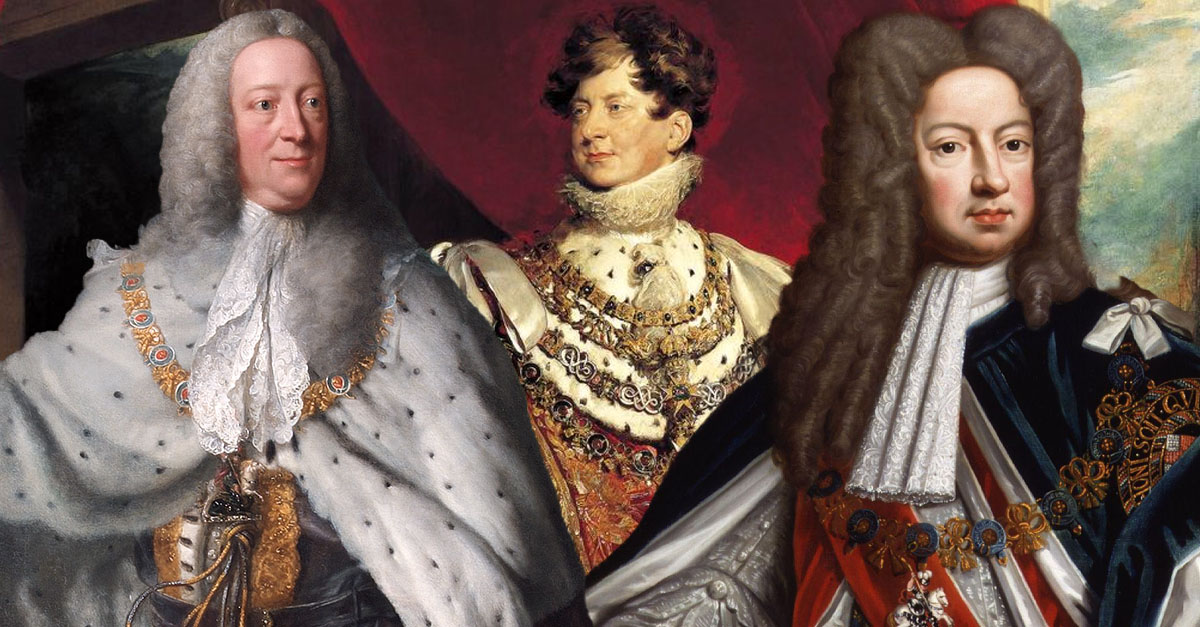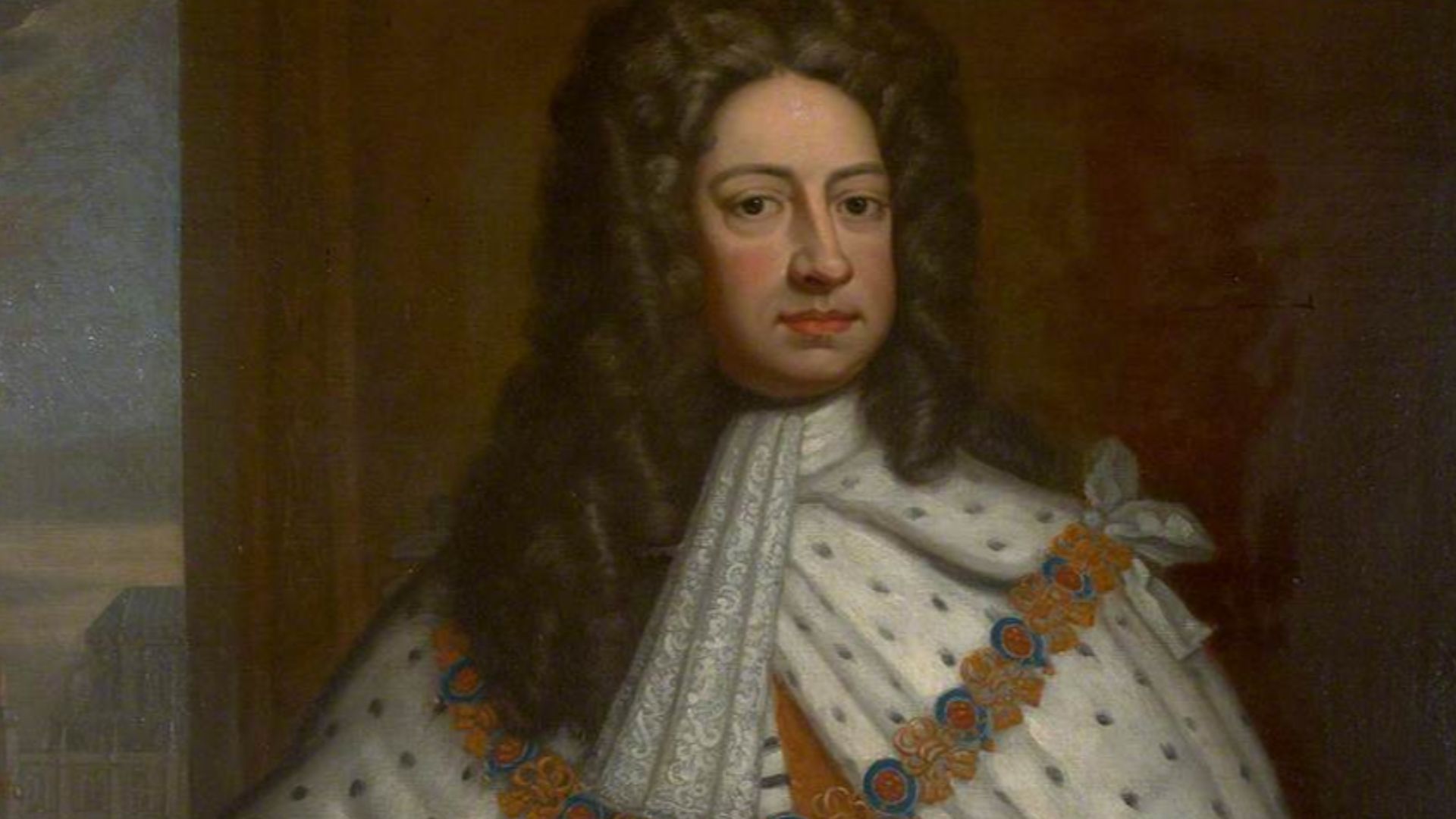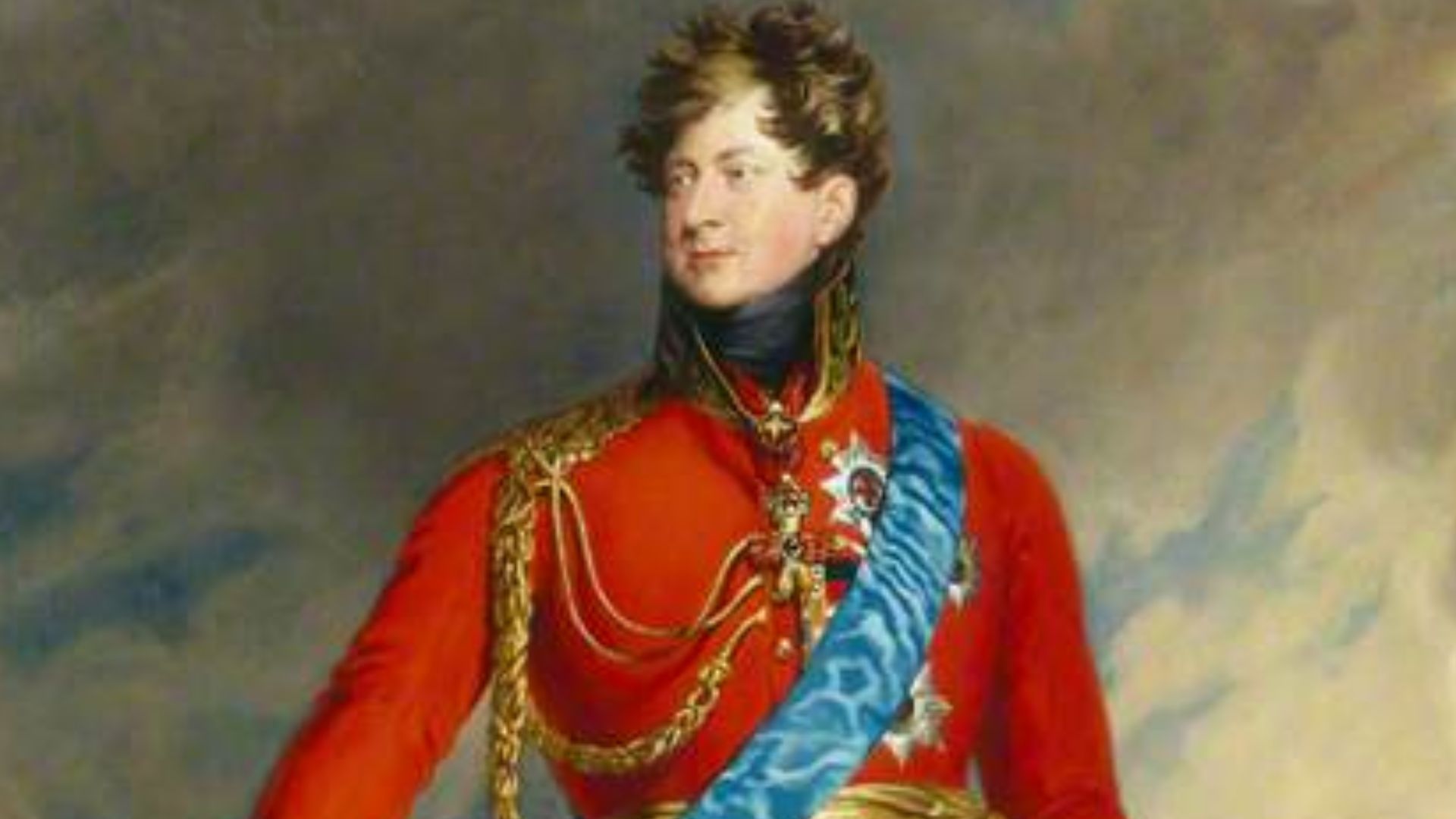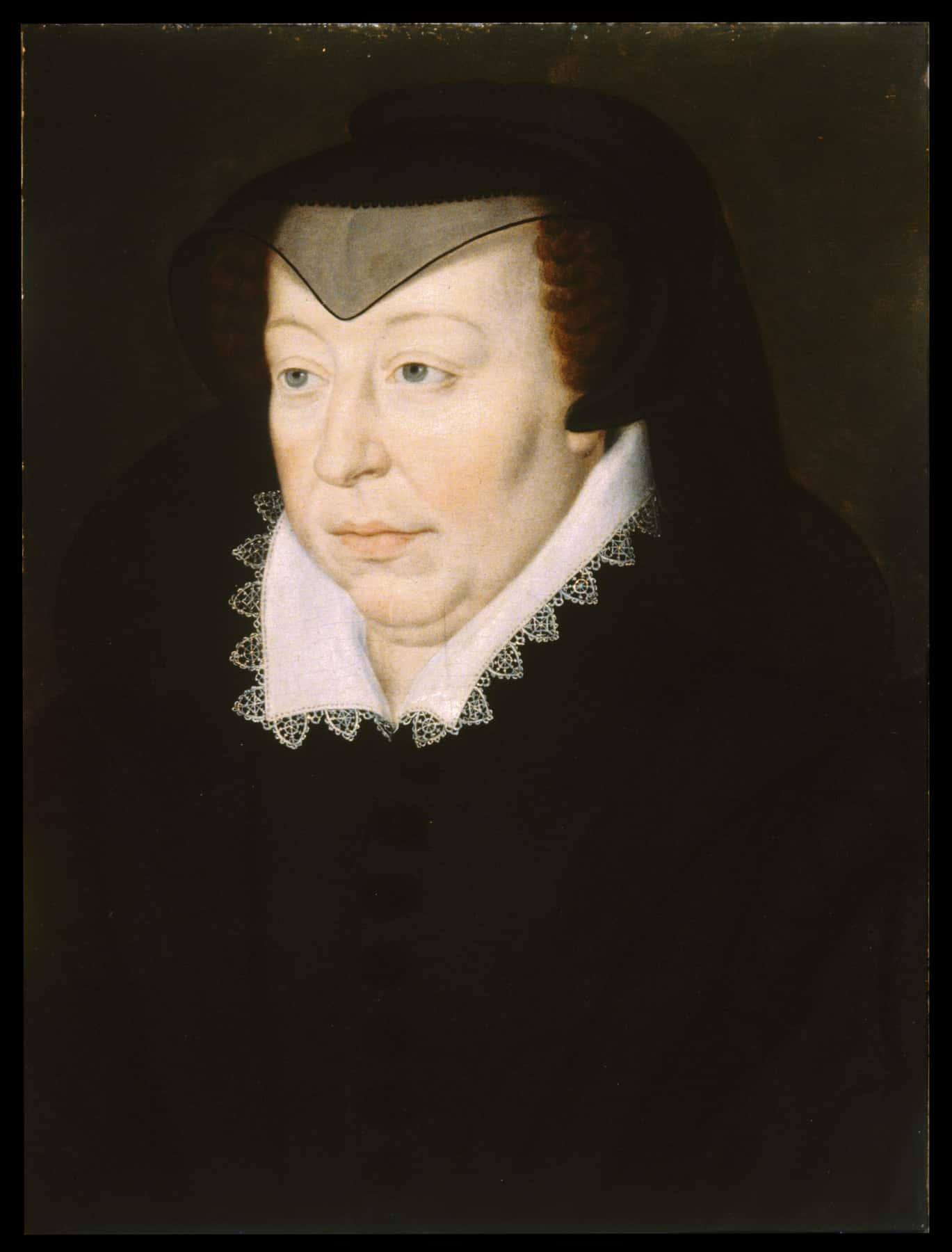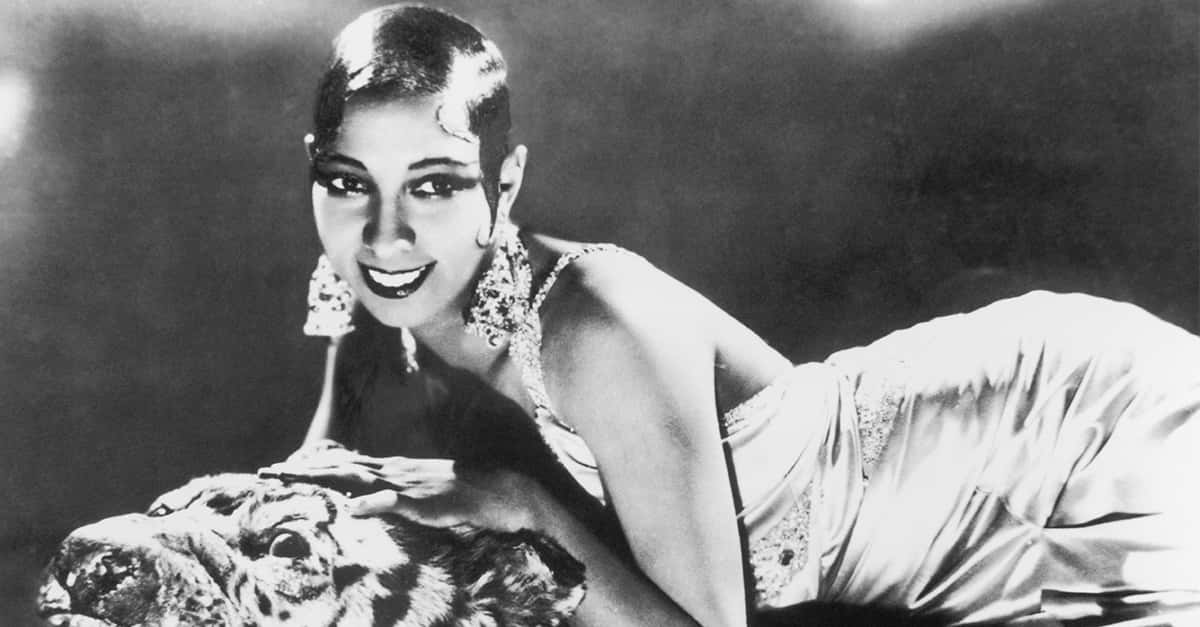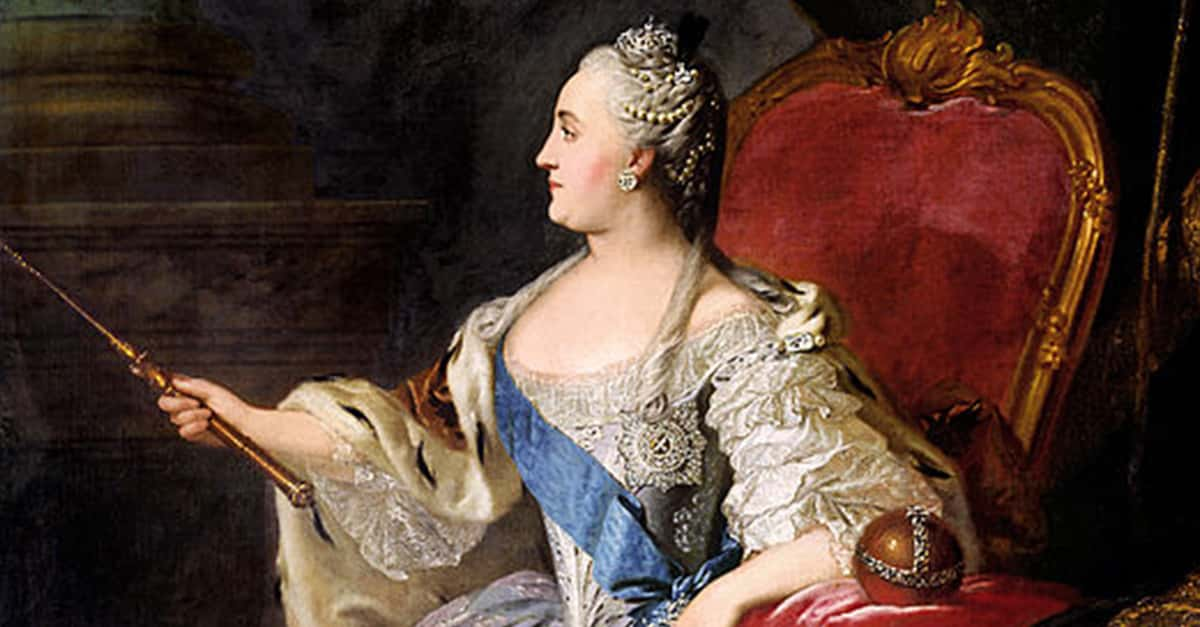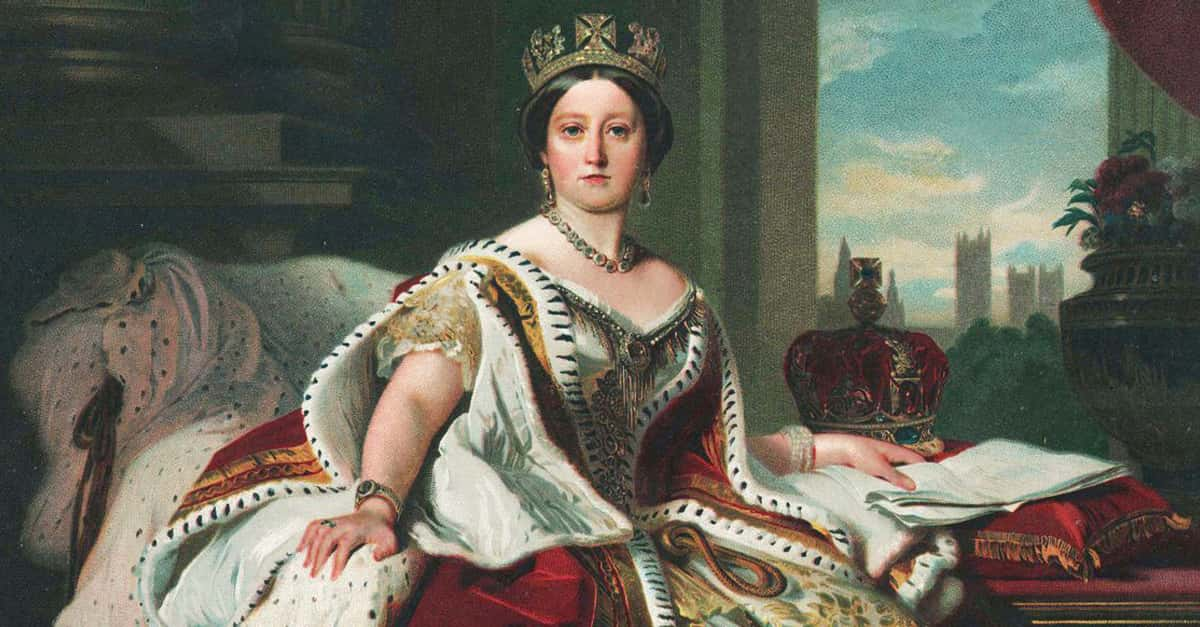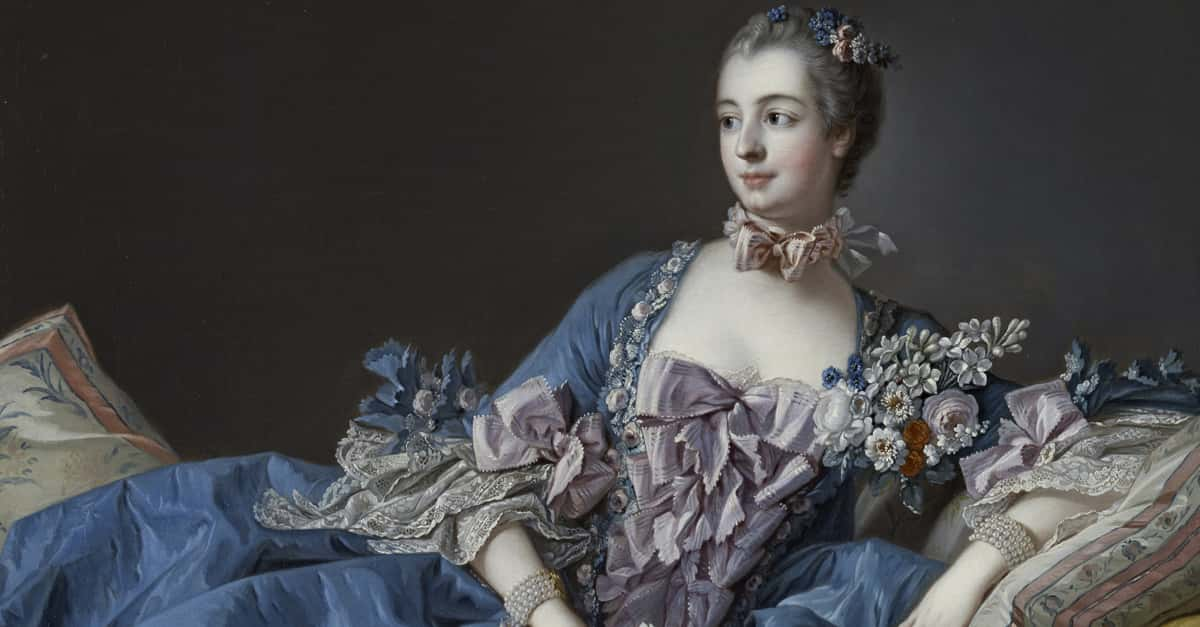A Gnarled Family Tree
When King George I took over the English throne in 1714, the vaunted House of Hanover began its centuries-old reign over the British Empire, ending only with Queen Victoria. Yet dark secrets lay at the root of this seemingly glorious family tree, corrupting and corroding all that grew out of it.
Prepare for a tale of carnality, murder, and madness that slowly rotted this royal family from the inside out.
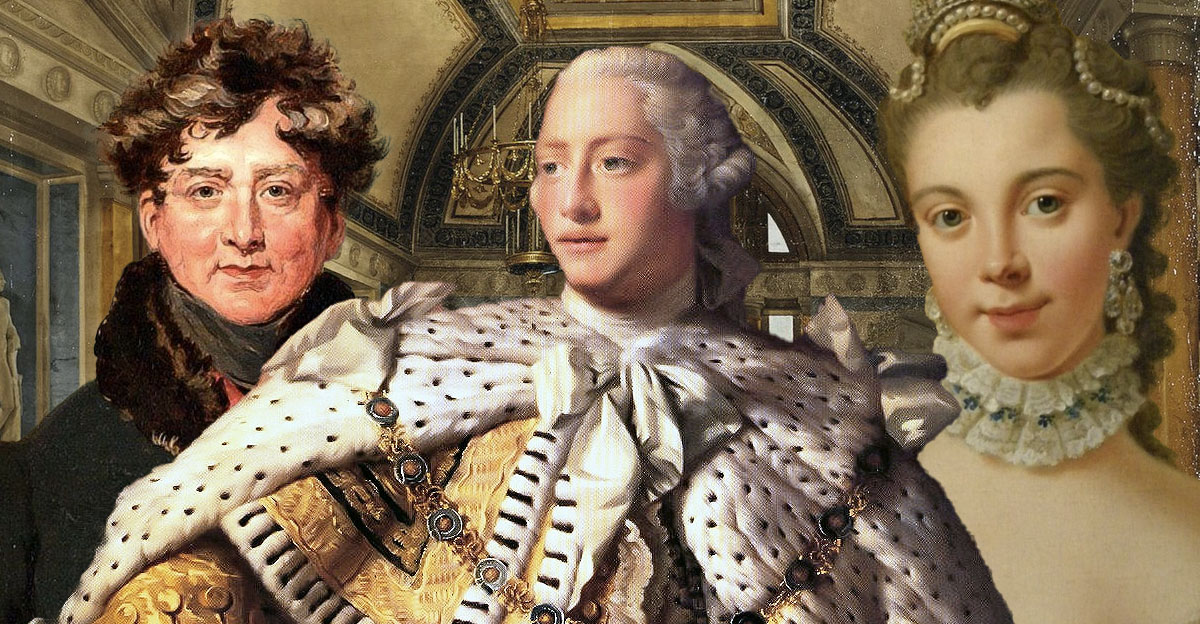
1. They Started In Germany
This sorry English tale actually begins in Germany. Born in 1660 to a pair of German nobles, Ernest Augustus and Sophia of Hanover, the future King George I was very much Teutonic. He was also very powerful: As the eldest son, he expected to inherit lands in the Holy Roman Empire from his father.
Personally, though, George was a downright disaster.
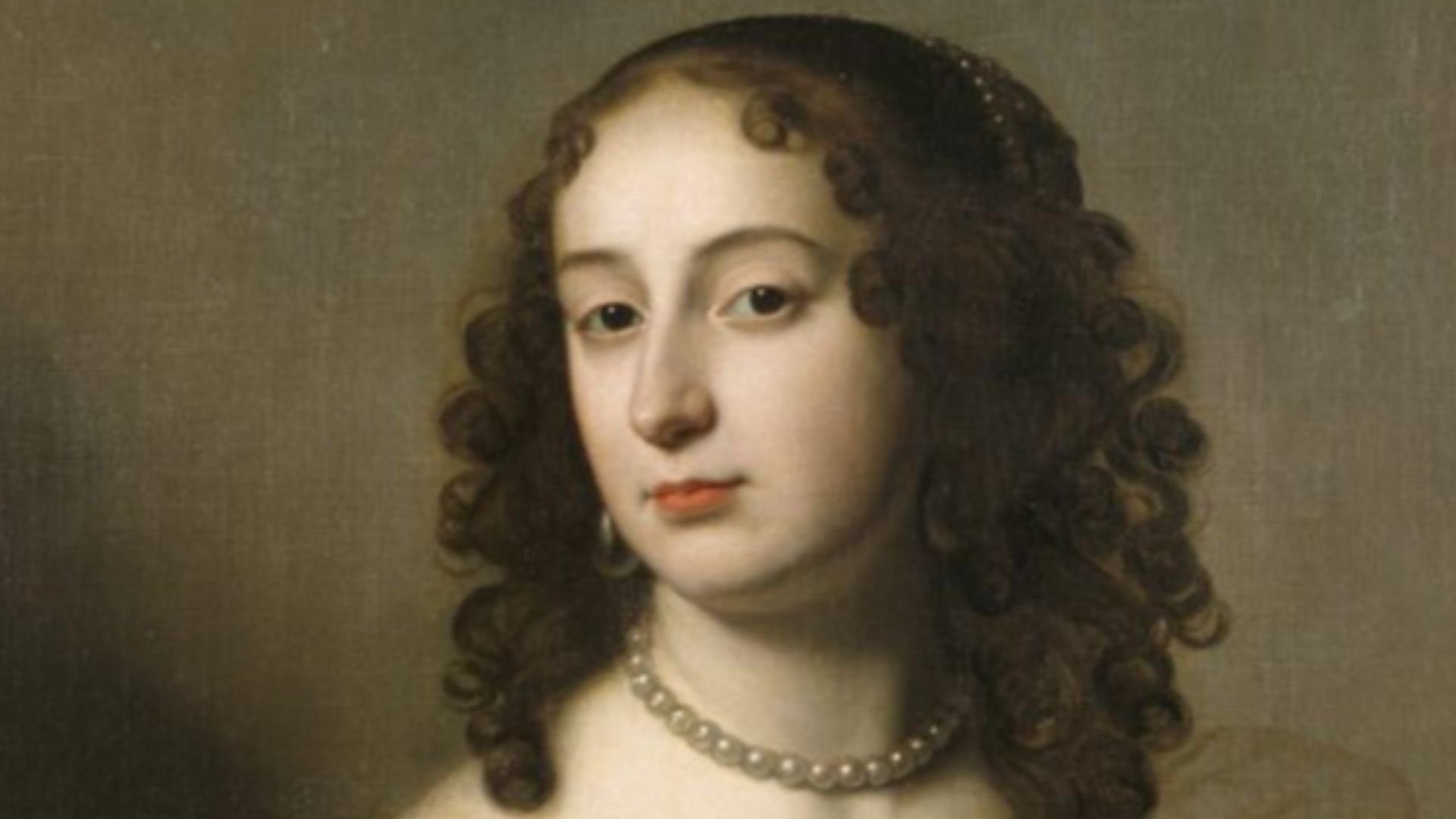 Gerard van Honthorst, Wikimedia Commons
Gerard van Honthorst, Wikimedia Commons
2. He Was A Strange Boy
The beginnings of George’s tragedy and tyranny may have started with his mother. When he was just a boy, Sophia of Hanover spent a year away from him in order to recover from an illness. It spurred a dark change in the young prince. Separated from his mother, people noticed he began to become “sensitive” and withdrawn. Actually, it was a lot worse than that.
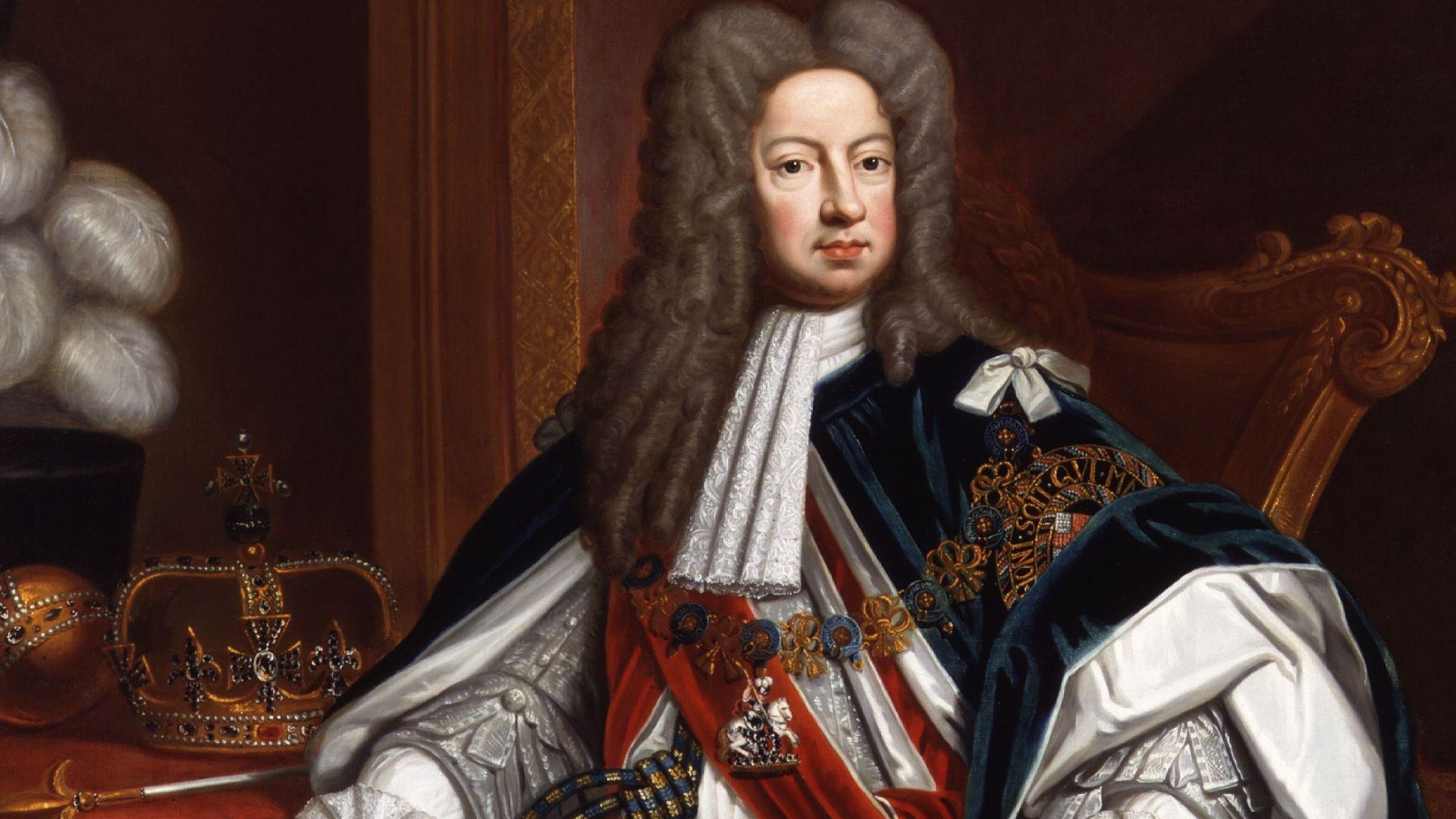 Studio of Godfrey Kneller, Wikimedia Commons
Studio of Godfrey Kneller, Wikimedia Commons
3. No One Liked Him
As George grew into a young man, this introversion became something much more alarming. Overserious and only interested in going hunting or going to battle, one historian called him "a dolt, unprepossessing in appearance, intelligence, and character". Even his own mother sniffed at him, once saying he was “the most pigheaded, stubborn boy who ever lived”.
4. He Courted His Cousin
From a young age, George’s cousin Sophie Dorothea of Celle had been raised as a potential bride for him, thanks mostly to her massive dowry. The trouble was, Sophia and George already hated each other, and George’s side of the family looked down on Sophia’s side as lowborn. But that wasn’t the worst part. Right in the middle of courtship negotiations, a teenaged George got a household governess pregnant.
Yet for all these inauspicious beginnings, Sophia’s money won out in the end.
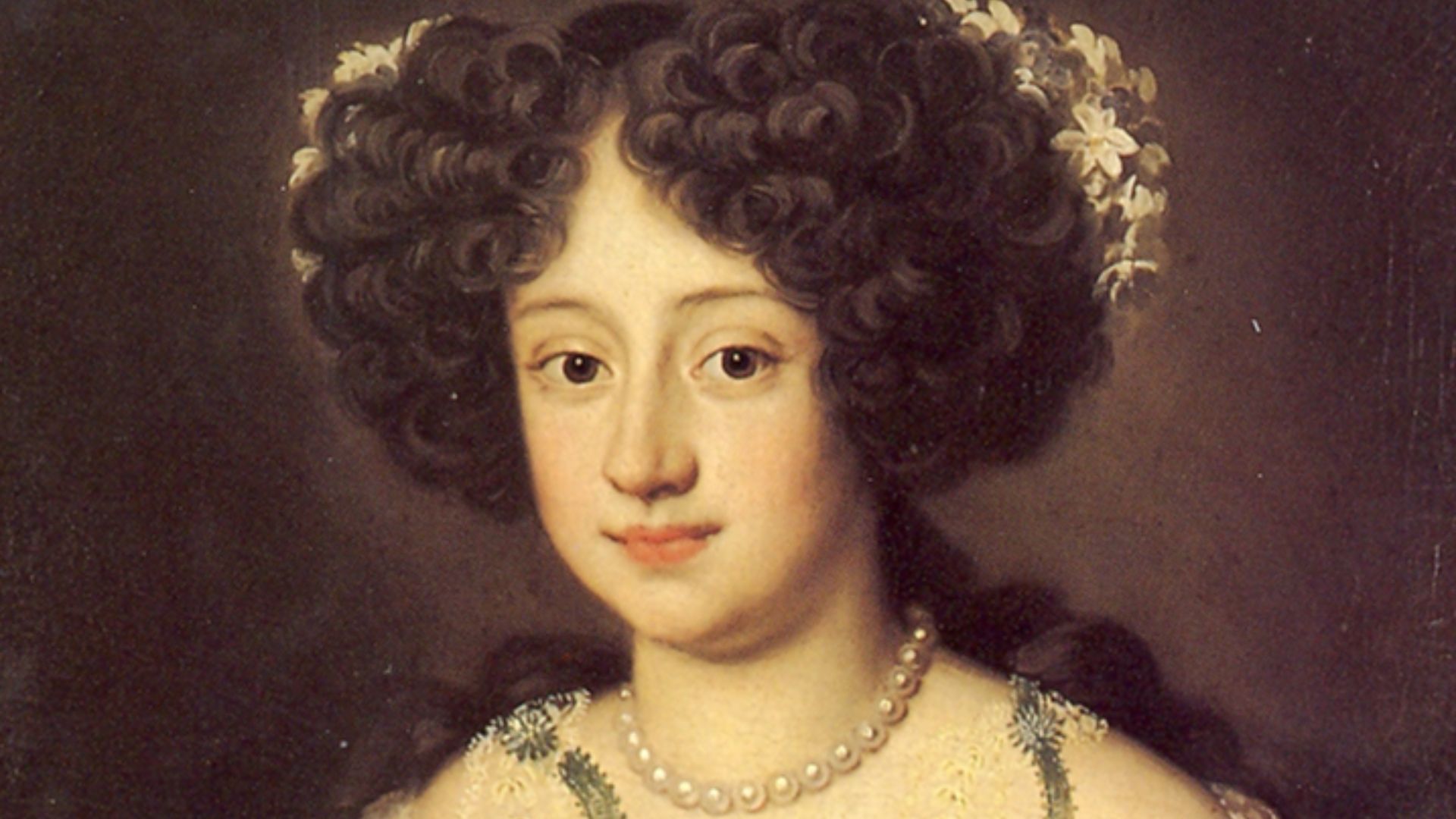 Jacob Ferdinand Voet / After Jacob Ferdinand Voet, Wikimedia Commons
Jacob Ferdinand Voet / After Jacob Ferdinand Voet, Wikimedia Commons
5. He Married For Money
In 1680, the betrothal between George and Sophia was official, with his mother writing that although George was dreading the wedding, Sophia’s dowry of “one hundred thousand thalers a year have tempted him as they would have tempted anybody else". Sophia, for her part, reacted by throwing a portrait of George against the wall and yelling, “I will not marry the pig snout”! Oh, but she would.
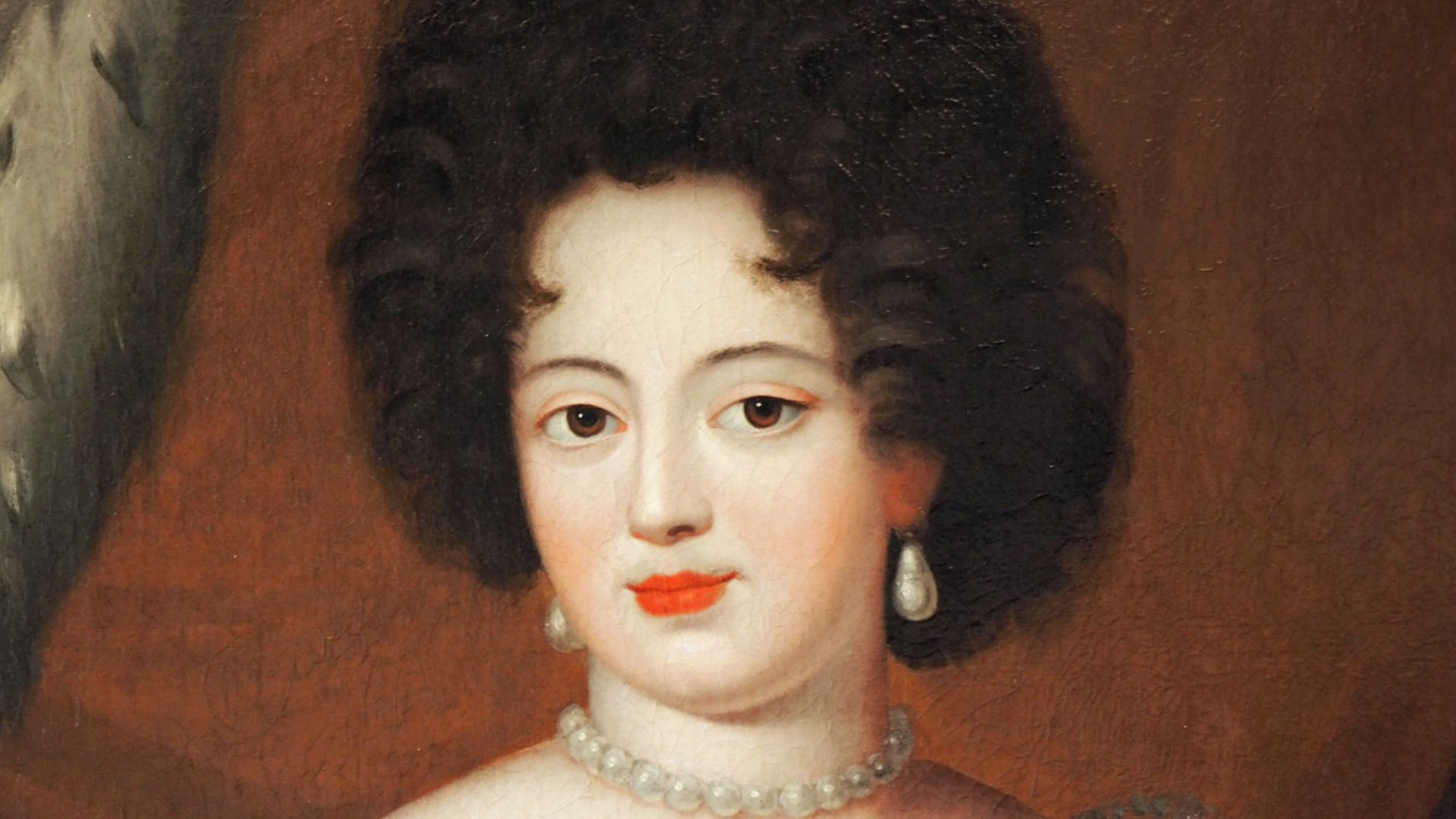 Unidentified painter, Wikimedia Commons
Unidentified painter, Wikimedia Commons
6. Their Marriage Was Frigid
Sophia and George’s marriage took place in 1682, and they settled in George’s home court of Hanover. The wheels fell off almost instantly: George constantly criticized the etiquette and habits of his low-born bride, and it was almost a miracle that they managed to have two children together, a boy and a girl. Then again, they almost certainly stopped sleeping together right after the heir and the spare came out.
Instead, George spent his time in much seamier activities.
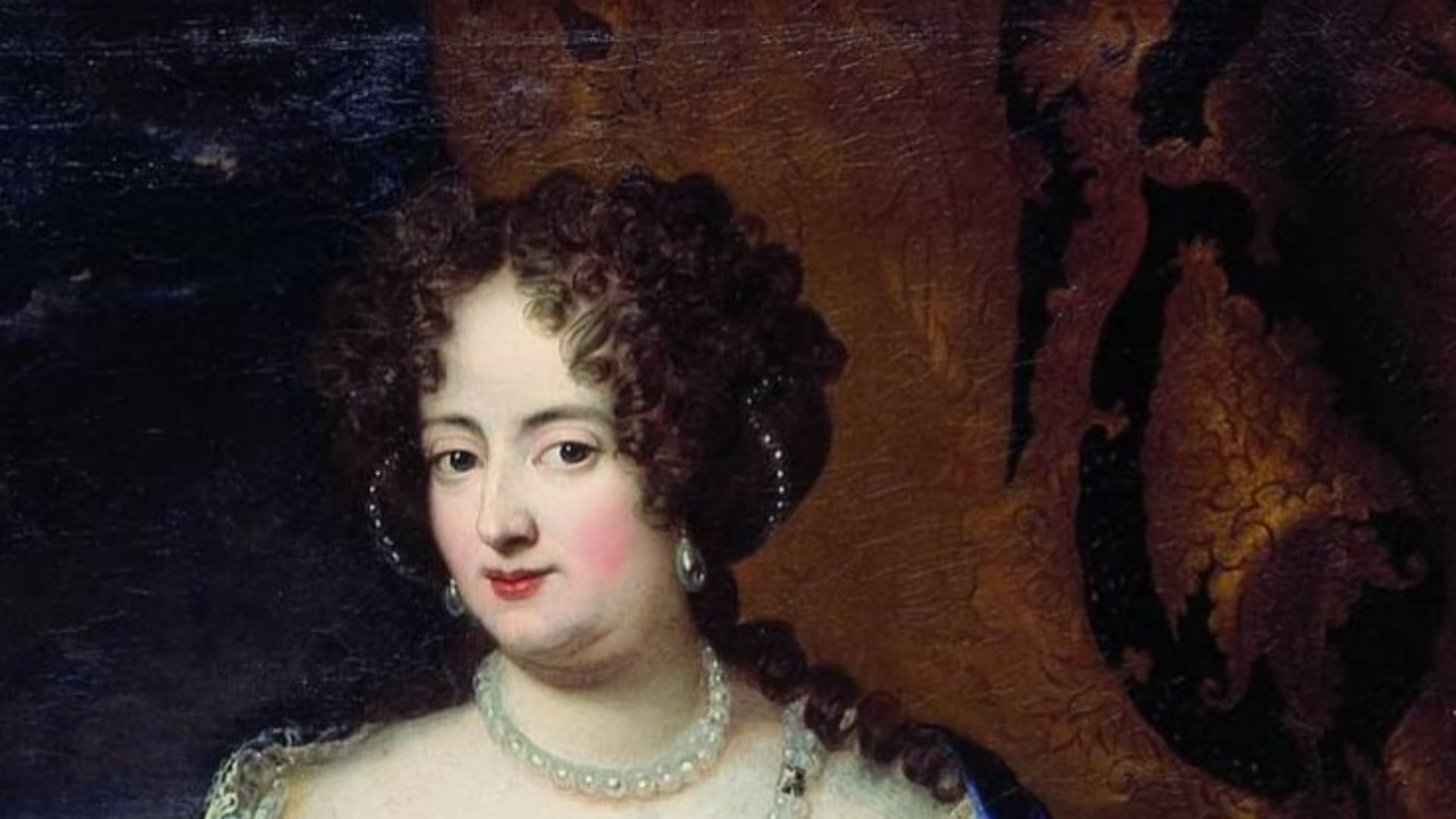 Jacques Vaillant, Wikimedia Commons
Jacques Vaillant, Wikimedia Commons
7. He Betrayed Her
George now took up with a mistress—but this wasn’t just any indiscretion. His relationship with Melusine von der Schulenburg was more serious than his own marriage, and Sophia watched as the pair went on to have three illegitimate children together. When she once flew into a rage about it, George responded by trying to strangle her.
The marriage was now a total sham, but George still had a trump card.
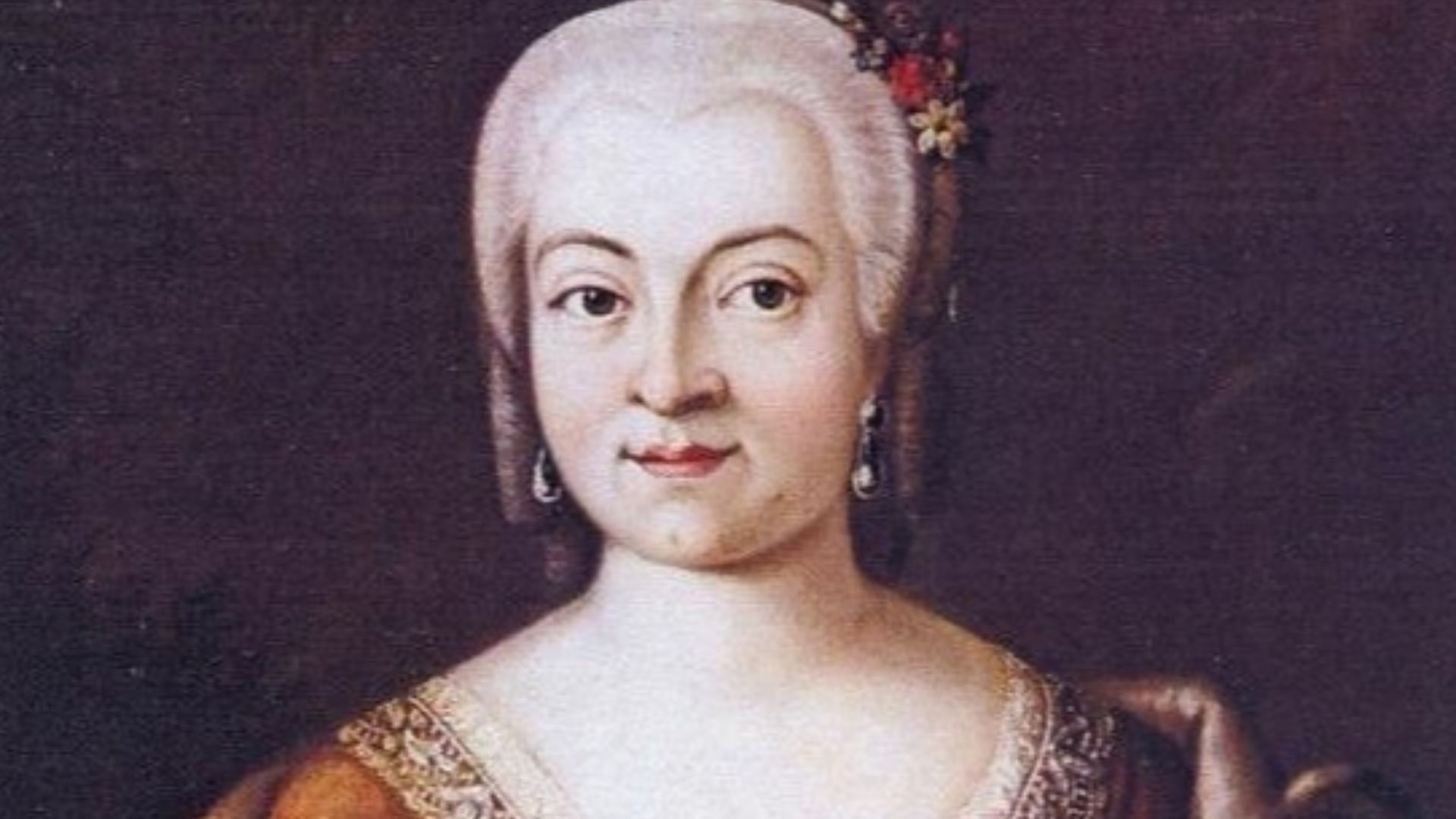 Unknown (English or German or Italian copy based on English or German model), Wikimedia Commons
Unknown (English or German or Italian copy based on English or German model), Wikimedia Commons
8. He Was In Line For The Throne
Isolated and ignored by her own husband, Sophia turned to her family for help, but they kept telling her the same thing: Get over it. After all, George had a connection to the royal line of England, and—thanks to a series of English misfortunes—it was looking more and more likely that he would be King of England one day. If Sophia could wait it out, they could rule together.
Only, Sophia was about to have her downfall.
 After Godfrey Kneller, Wikimedia Commons
After Godfrey Kneller, Wikimedia Commons

History's most fascinating stories and darkest secrets, delivered to your inbox daily.
9. She Started A Dangerous Affair
Around this time, Sophia re-connected with Philip von Konigsmarck, a Swedish count who’d once worked in her household. They began a top secret affair, complete with secret meetings and steamy letters. Sophia was so in love with Philip and so miserable with George she even planned to run away with her paramour. Until it crashed down around her.
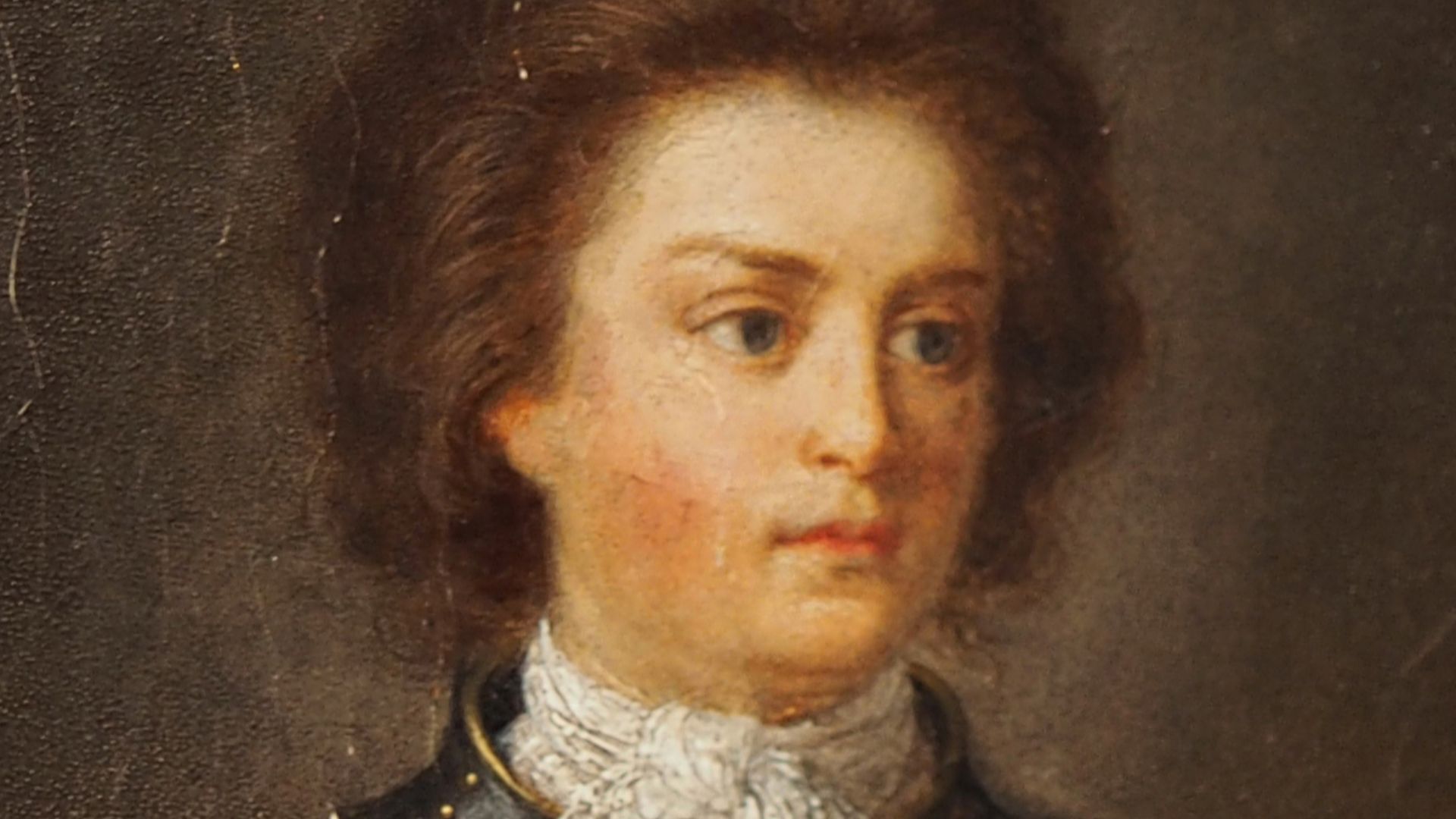 Unknown author, Wikimedia Commons
Unknown author, Wikimedia Commons
10. Her Husband May Have Had Her Lover Killed
Eventually, George found out for certain what his wife was up to. His response has left a stain on the monarchy ever since. Suddenly, Philip disappeared into thin air—and most believe George was (hypocritically) directly behind it, having contracted men to kill Philip and dispose of his body, likely in a nearby river. He was certainly never seen again.
But George was just warming up.
 Internet Archive Book Images, Wikimedia Commons
Internet Archive Book Images, Wikimedia Commons
11. Her Family Locked Her Up
Incensed that his wife had cheated on him and even planned to leave him, the philandering George quickly dissolved his marriage to Sophia on the grounds of abandonment. Then, with the permission of Sophia’s father (!), he locked her up in Ahlden House, far from Hanover. She stayed there for 30 years, and never set eyes on her children again.
As for George? Well, he got the windfall of the century.
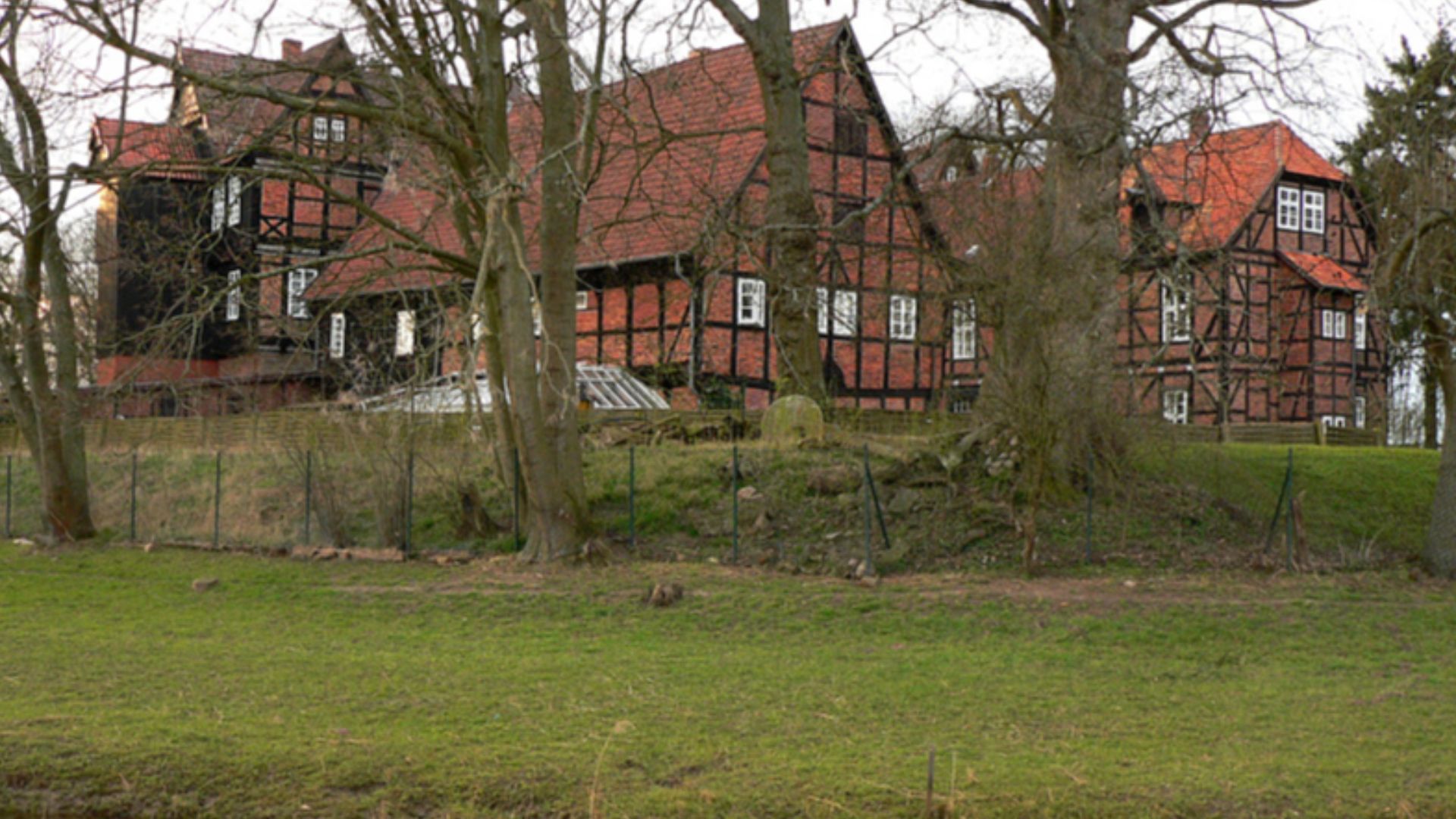 Benutzer:AxelHH, Wikimedia Commons
Benutzer:AxelHH, Wikimedia Commons
12. He Was The “Turnip King”
In 1714, George actually did ascend to the throne as King George I of England. The British, stunned at their new, 54-year-old German king, sneeringly called him “Lucky George” for just how unlikely he was as a monarch, and then declared him the “Turnip King” even as he was on his way to Westminster Abbey for his coronation.
Thankfully (sort of), George didn’t understand English and so didn’t get the jabs. Besides, he had bigger problems.
 Edwin Thomas Dolby, Wikimedia Commons
Edwin Thomas Dolby, Wikimedia Commons
13. His Son Turned Into His Rival
George I became very unpopular in England, with people constantly coming up with new insults for him, often spurring the king to move around London in disguise lest he get jeered at. But the worst insult came from his own family. His son and heir George Augustus, meanwhile, took to British society with aplomb, even later claiming he had “no drop of blood that was not English”.
King George I felt immediately threatened, and the family dynamic deteriorated from there. Well, it deteriorated more.
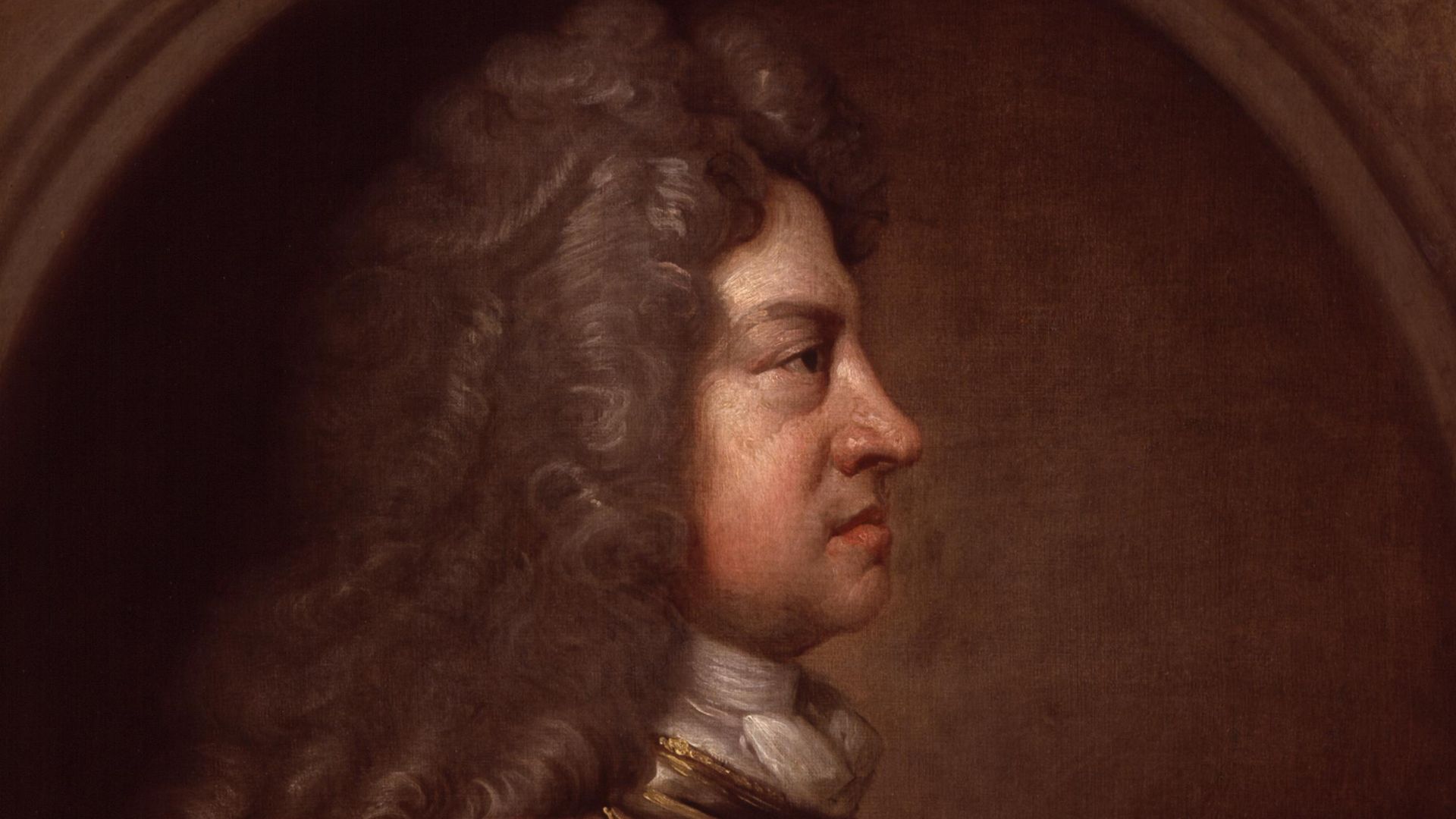 Workshop of Godfrey Kneller, Wikimedia Commons
Workshop of Godfrey Kneller, Wikimedia Commons
14. He Married For Love
As you might think, the young George Augustus had never forgiven his father for locking up his mother, who to that day was still imprisoned. He was also so fearful of repeating his parents’ mistakes that he’d insisted on marrying for love, and tied the knot with the capable and whip-smart Caroline of Ansbach, whom he utterly adored, in 1705.
As it turned out, Caroline was the perfect partner to make his father’s life a living nightmare.
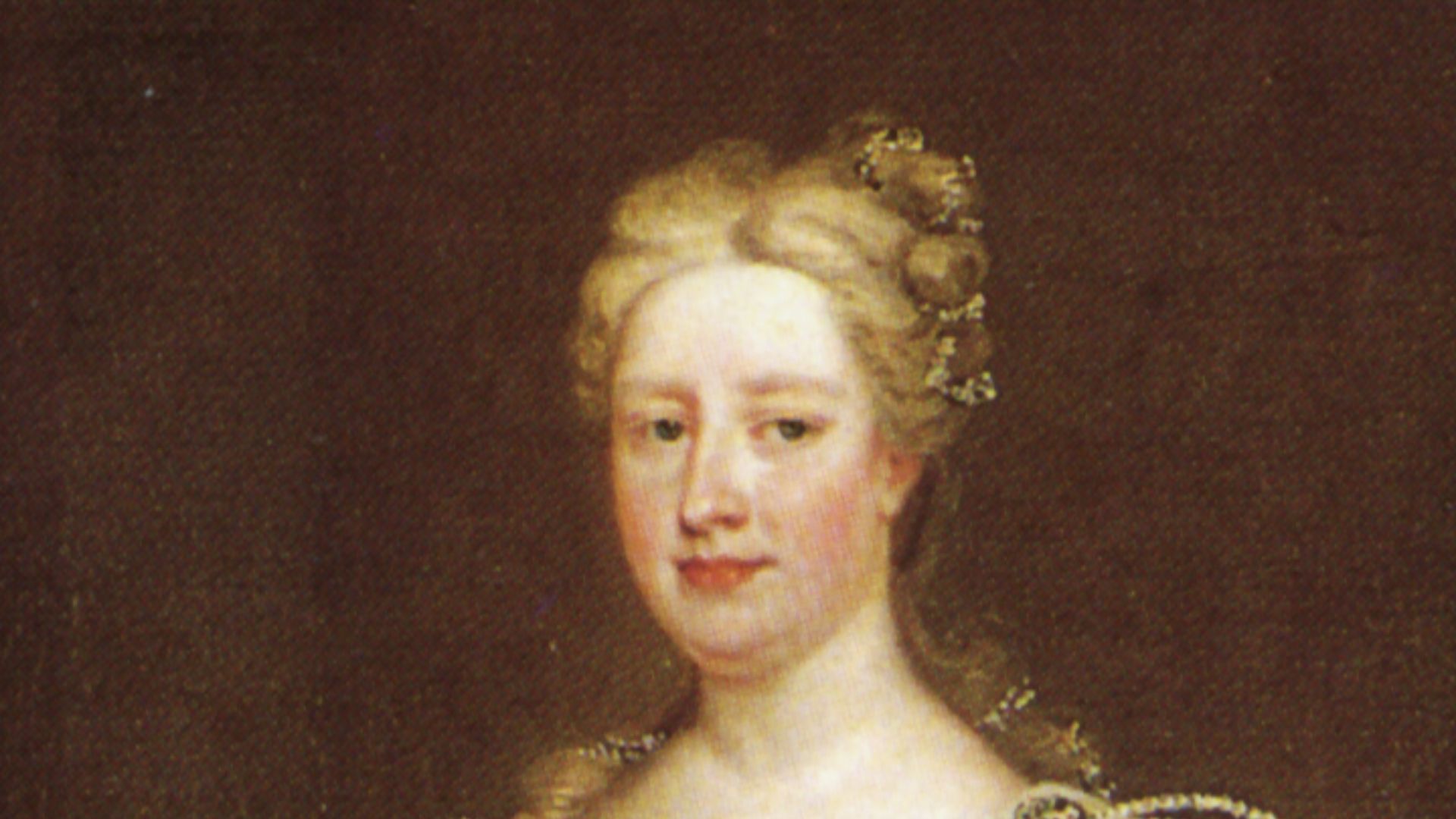 Studio of Charles Jervas, Wikimedia Commons
Studio of Charles Jervas, Wikimedia Commons
15. Father And Son Became Enemies
The young George Augustus’ assimilation into British culture wasn’t just for fun; he also did it as a pointed attack on his father and a bid for his own upcoming rule. Next to the “Turnip King,” George Augusts and Caroline looked modern and popular, and they quickly set up a rival court.
King George I was most displeased, and tensions rose to a fever pitch.
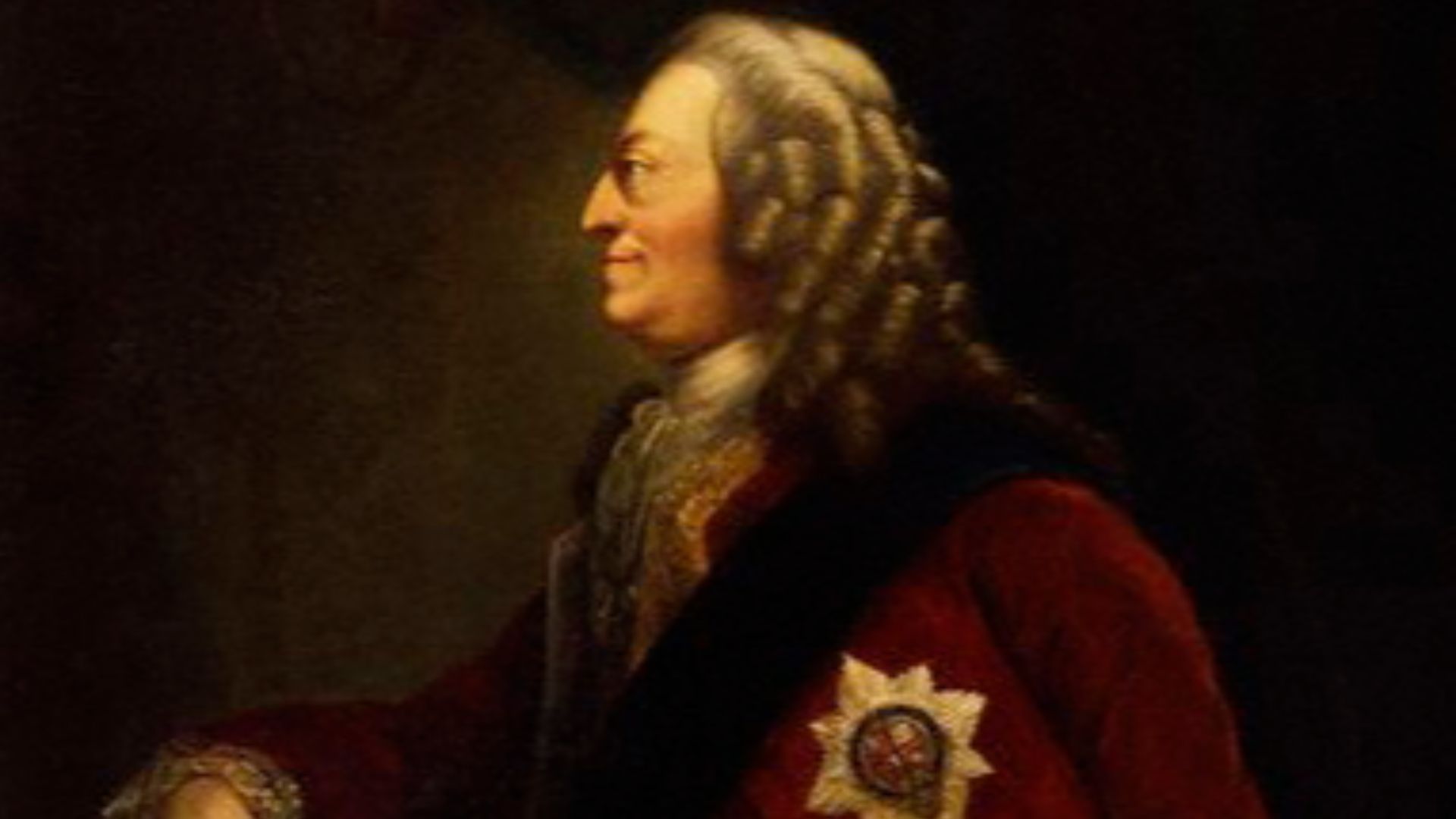 Thomas Worlidge, Wikimedia Commons
Thomas Worlidge, Wikimedia Commons
16. They Had Many Heirs
Caroline and George Augustus were blessed with relatively easy fertility, and had four healthy pregnancies before entering England, including their eldest son Frederick. In 1717, Caroline had another boy, George William, her first living heir to be born on English soil. As such, she began happily planning his baptism.
Of course, this was exactly when King George I executed his revenge.
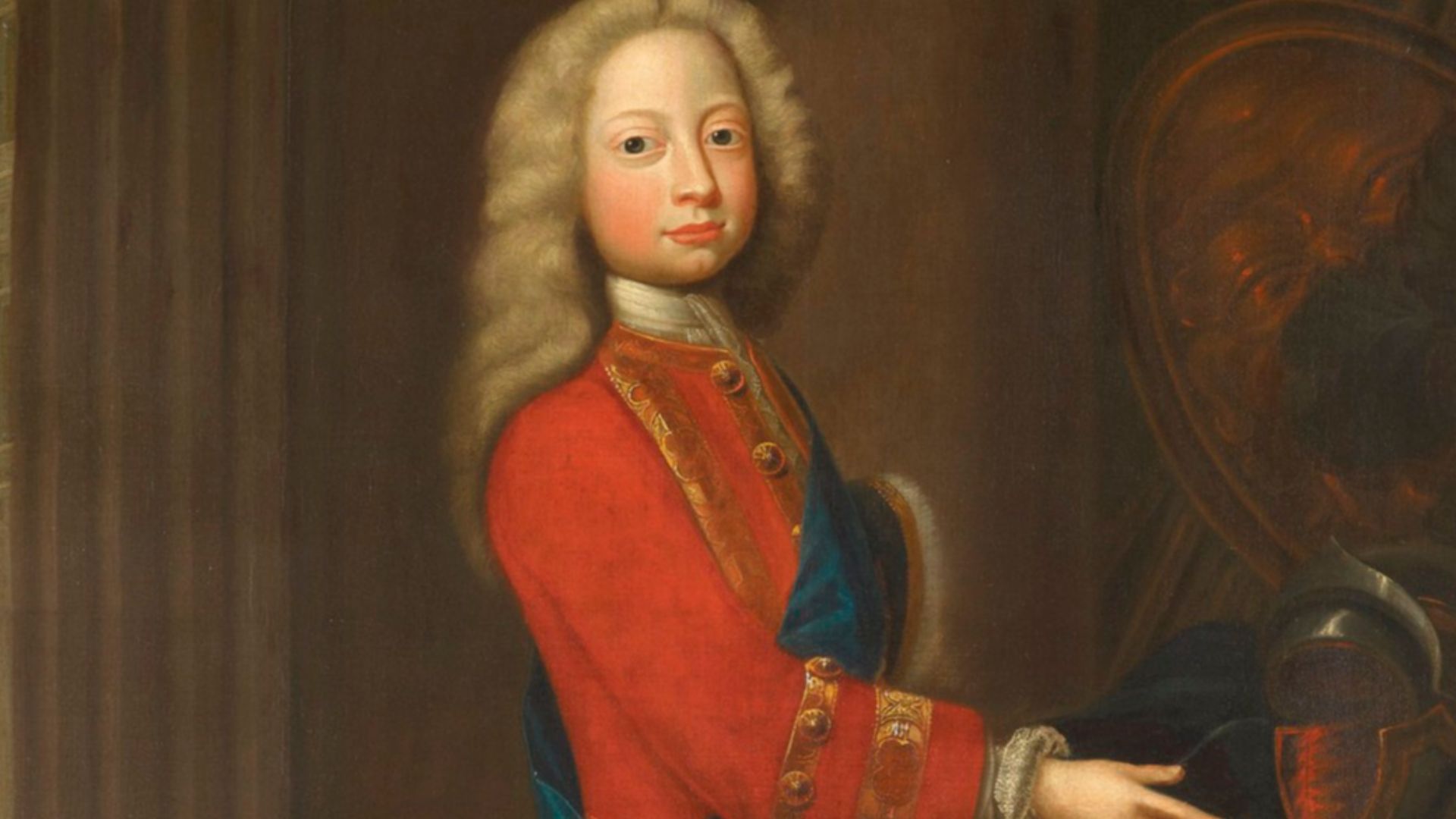 AnonymousUnknown author, Wikimedia Commons
AnonymousUnknown author, Wikimedia Commons
17. He Kept Them From Their Children
The two Georges had years of dysfunction behind them, and at the baby’s baptism that dysfunction turned into a massive feud. After a disagreement about the choice of godparents, King George I decided he needed to reprimand his son. His punishment was beyond unreasonable. He not only placed George Augustus and his wife under house arrest and later banished them for court, he also separated them from their children, newborn included.
It triggered a dire chain of tragedy.
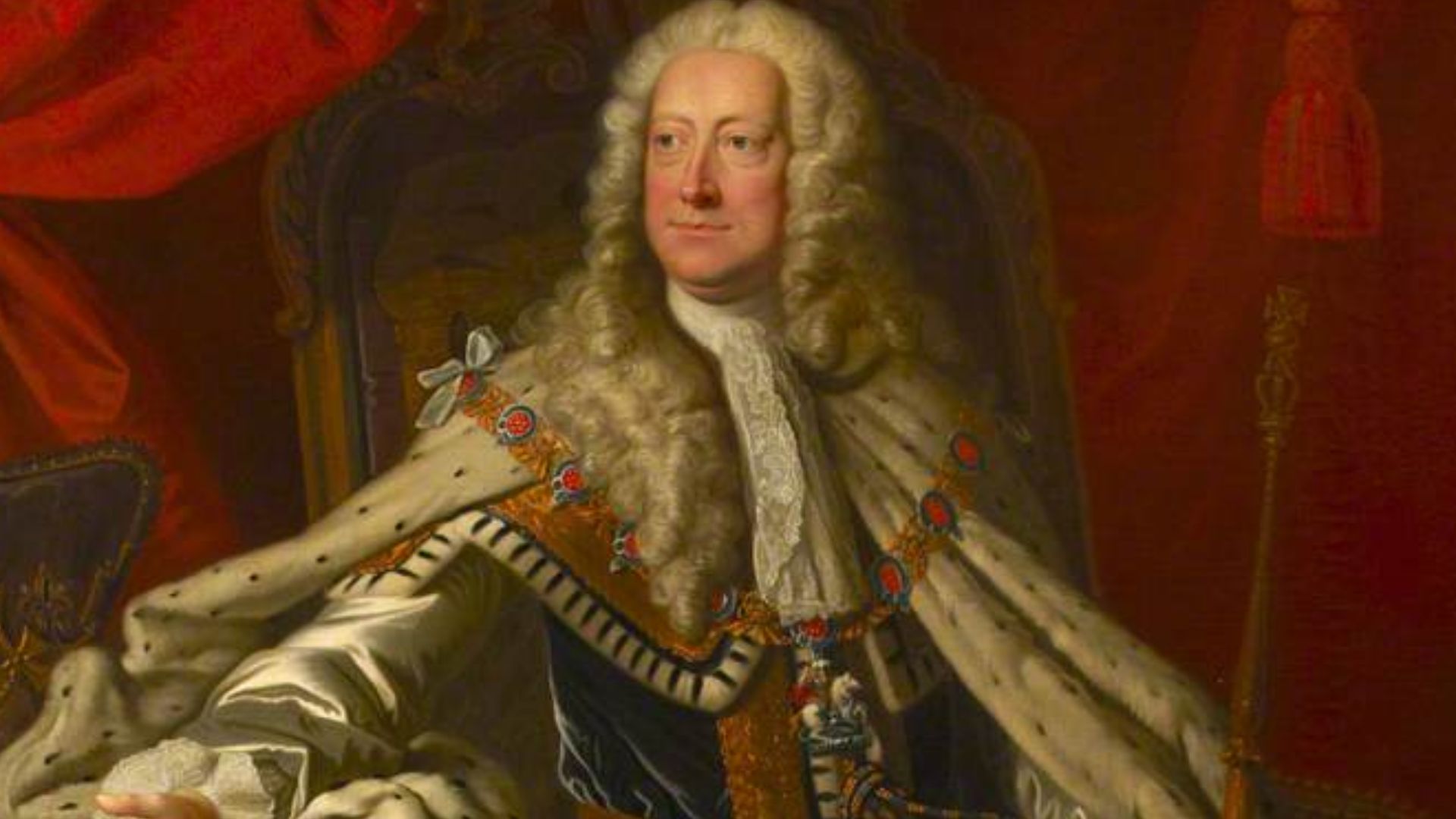 Workshop of Thomas Hudson, Wikimedia Commons
Workshop of Thomas Hudson, Wikimedia Commons
18. They Lost A Son
George and his wife went sick with grief over this separation—after all, George knew what it was like to grow up without a mother—and even snuck into the palace to see their babies. Eventually, the king took a modicum of pity on them and relented, but it didn’t stop the worst from happening. The infant George William fell sick and passed soon after, albeit from a polyp on his heart.
The House of Hanover was once more in disarray. And more was to come.
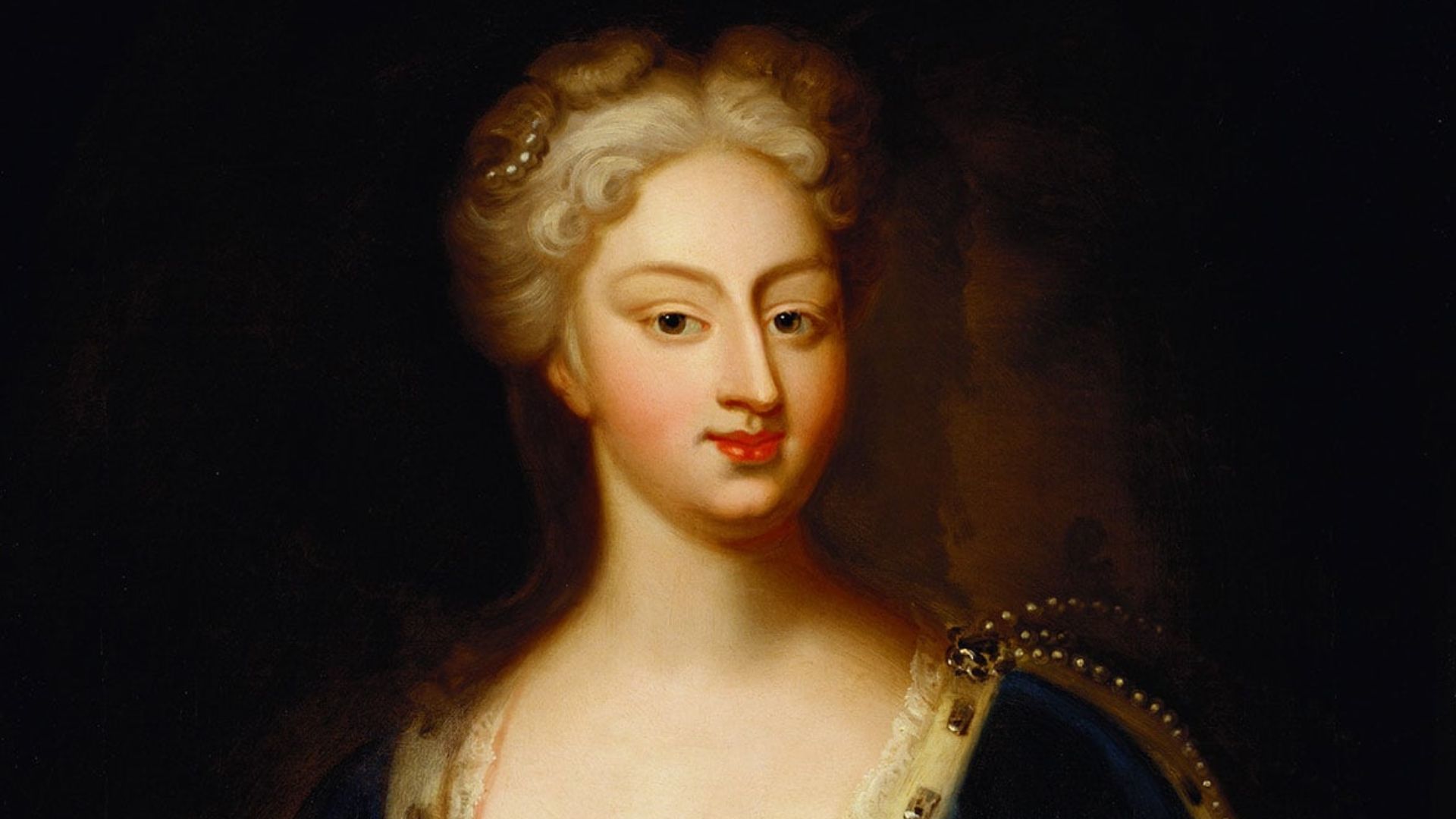 Enoch Seeman, Wikimedia Commons
Enoch Seeman, Wikimedia Commons
19. They Dropped Like Flies
Starting late in 1726, karma collected on the royal family. That November, the (still imprisoned) matriarch Sophia Dorothea of Celle perished from liver and gall bladder issues at the age of 60. Her former husband was close behind: just seven months later, King George I suffered from a stroke, dying in June 1727.
To put just the punctuation mark on his father’s legacy, George Augustus didn’t even attend the king’s funeral. Then again, he was officially King George II now, and he had his own miseries to pass down.
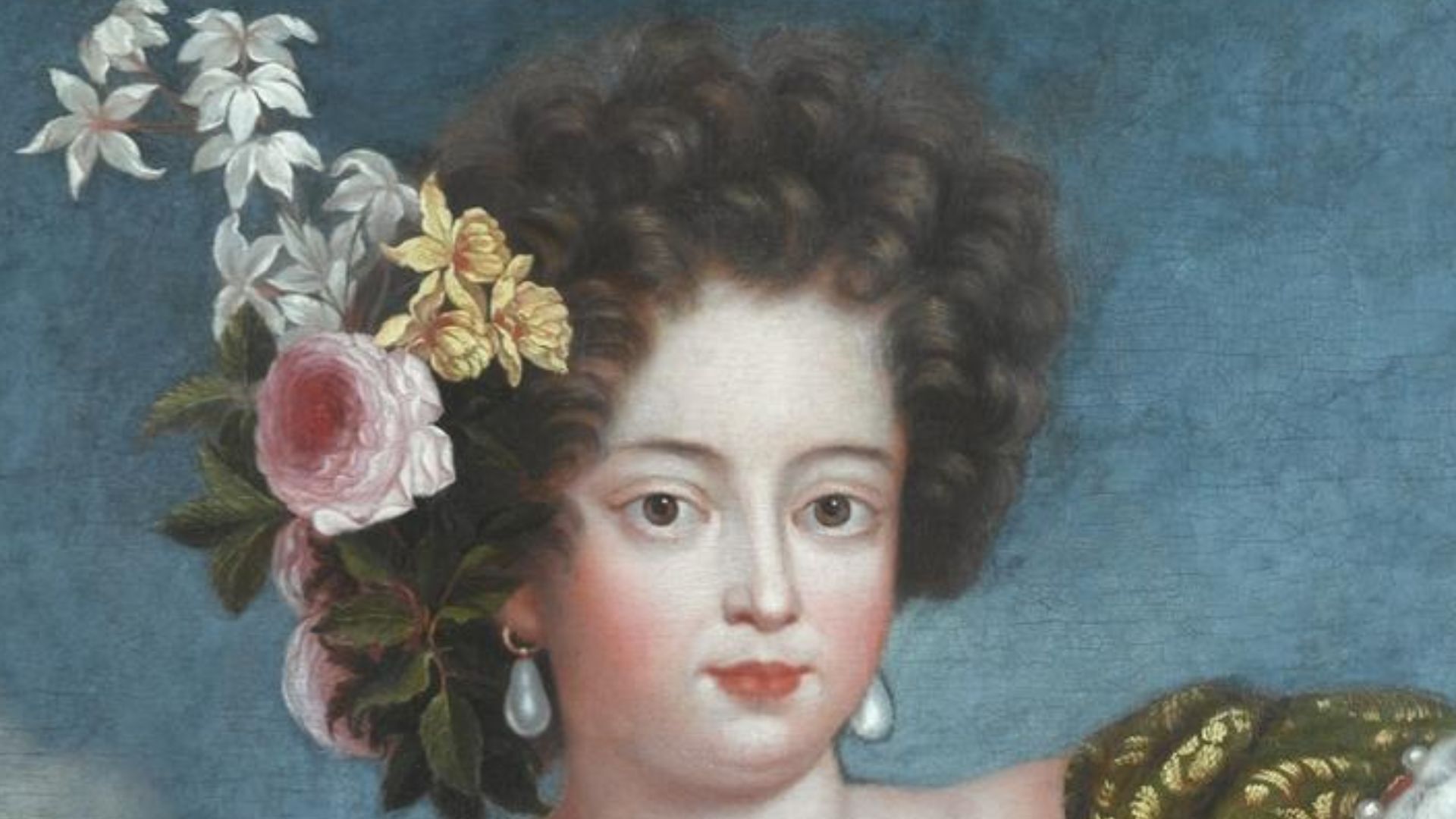 Henri Gascar, Wikimedia Commons
Henri Gascar, Wikimedia Commons
20. They Abandoned Their Eldest
With the coronation of King George II, the House of Hanover officially imported its drama from Germany into the English landscape. And a new mess was on the horizon. See, for all their concern about their children, George and Caroline had actually left their eldest, Frederick, back in Germany when they left for England, all but abandoning him for 14 years.
By the time Frederick came over as the new Prince of Wales, history repeated itself. Just more cruelly this time.
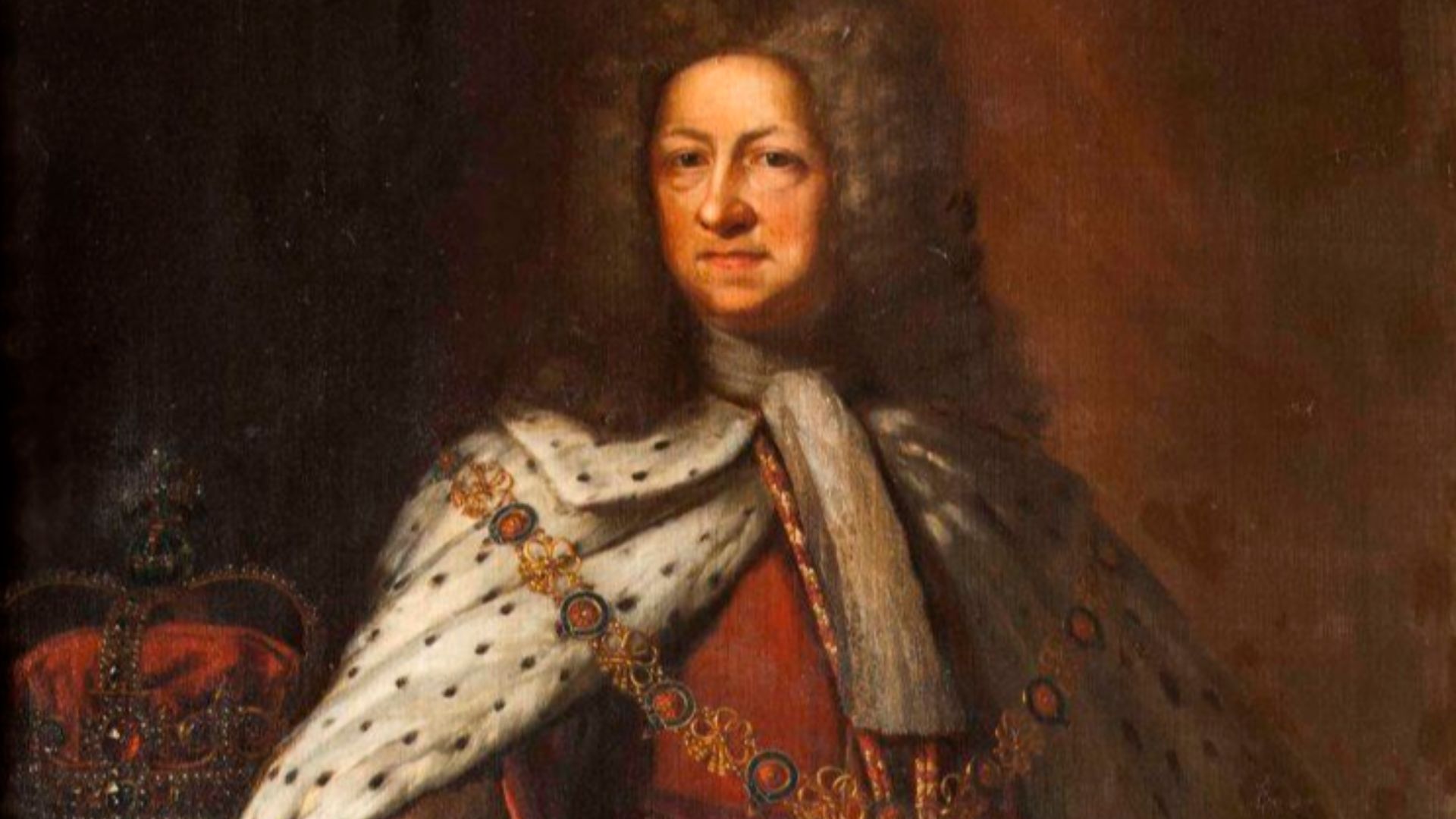 John Shackleton († 1767), Wikimedia Commons
John Shackleton († 1767), Wikimedia Commons
21. They Had Deja Vu
The new king and queen, remembering their sweet little boy, were stunned and disgusted when Frederick arrived in England as a strapping 20-year-old with mountains of gambling debt and an out-of-control ego. The feeling was mutual: Frederick (reasonably) held a grudge against his absentee parents, and now set up his own rival court, just as they had. He took the term “rival” seriously, too.
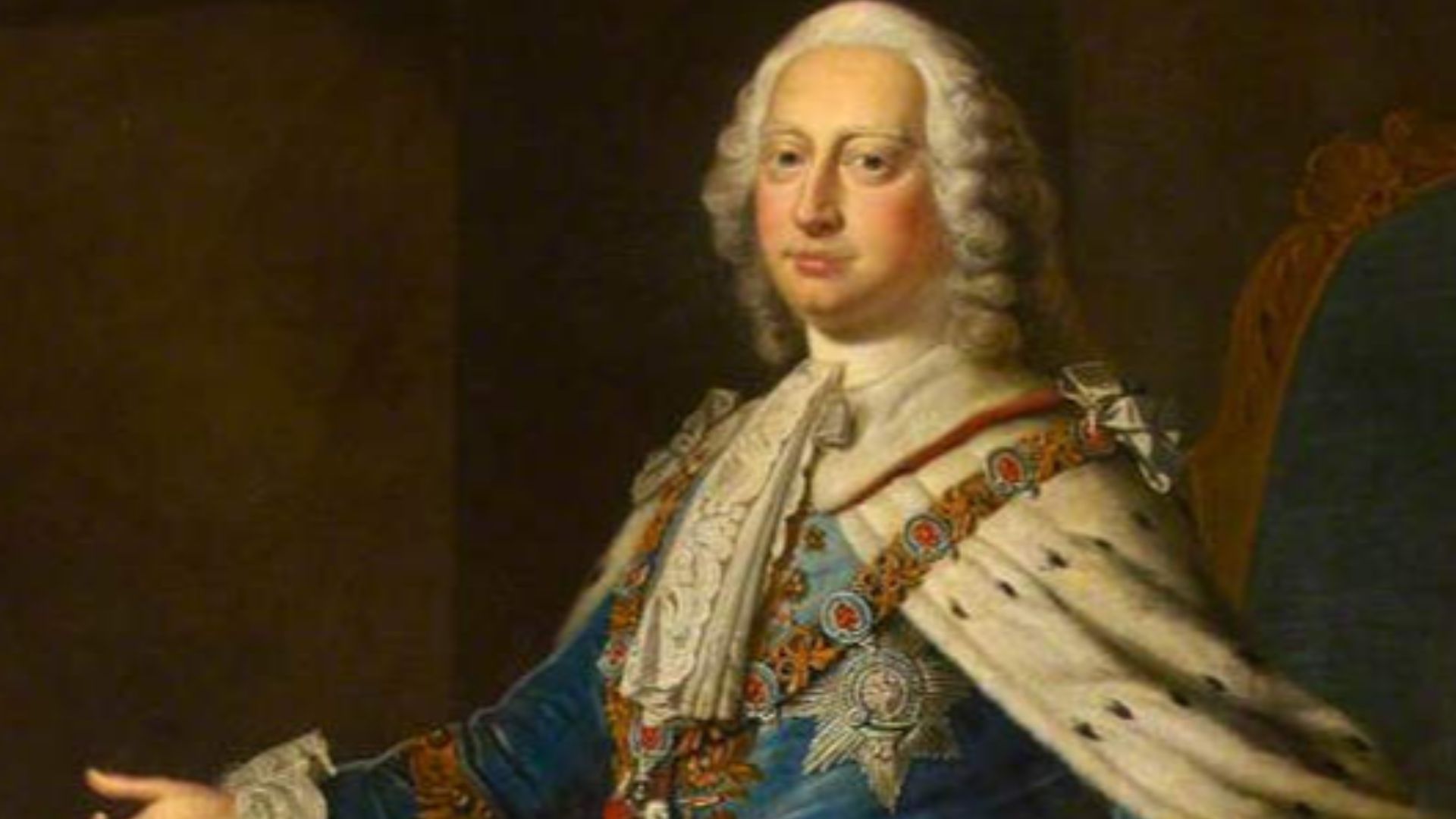 Thomas Hudson, Wikimedia Commons
Thomas Hudson, Wikimedia Commons
22. His Son Took Advantage
Believe me when I say Frederick was a piece of work. Around this time, King George II was coming home from abroad when his ship ran into a storm, spurring rumors that he had perished. Unfortunately, when he finally made it home, he then fell so sick that he had to take to his bed instead of greeting his subjects. Frederick took this opportunity to start a fresh rumor that this time his father really was dead, forcing the king to make a feverish public appearance after all to prove otherwise.
Of course, no amount of scorn could free Frederick from the need to marry and produce an heir…unfortunately for everyone involved.
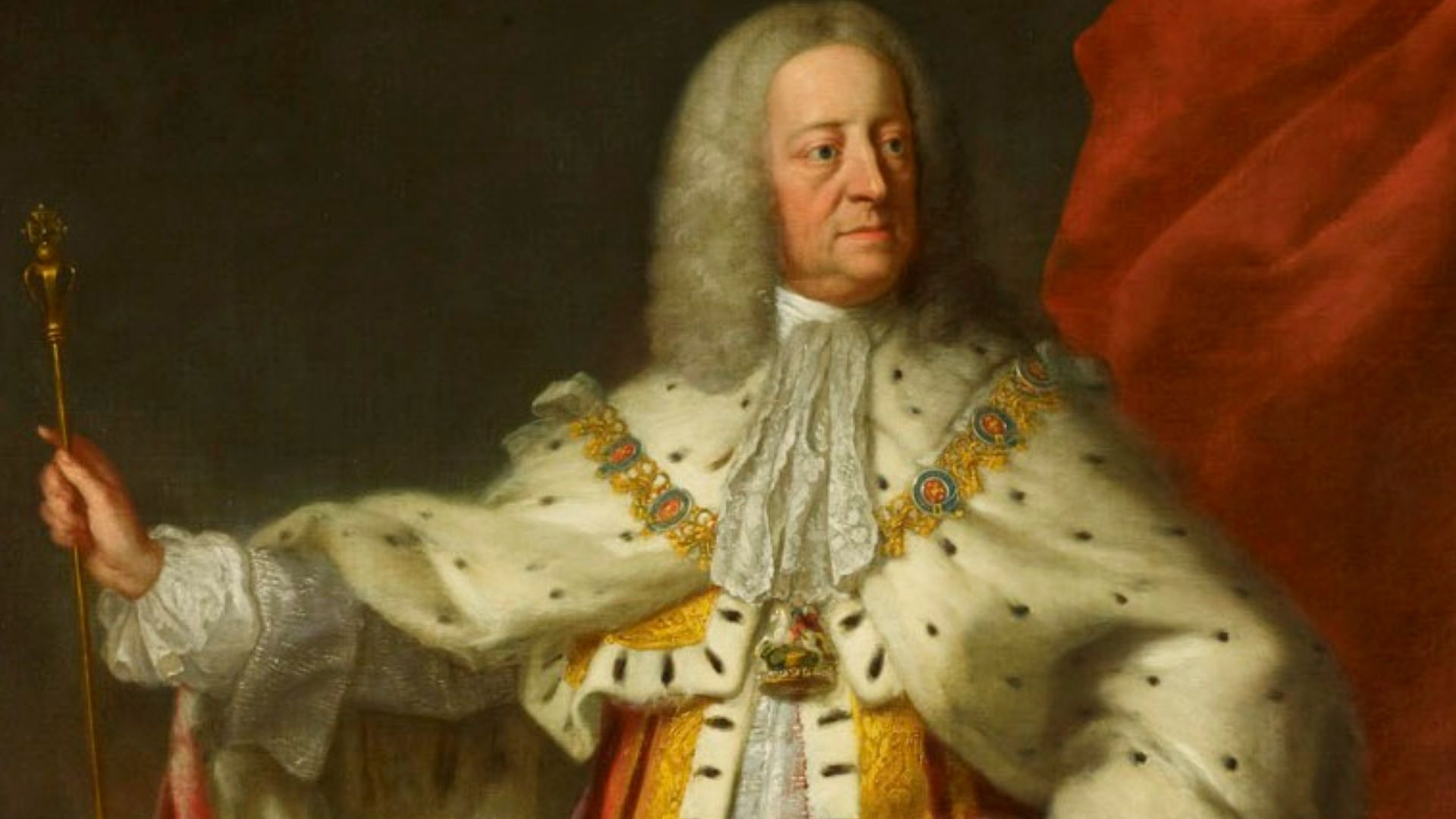 Studio of John Shackleton († 1767), Wikimedia Commons
Studio of John Shackleton († 1767), Wikimedia Commons
23. He Married A Pawn
At 29 years old, Frederick married the naive, 16-year-old Princess Augusta of Saxe-Gotha. Frederick stayed purposefully aloof from the girl and preferred to spend time with mistresses, though he did instruct her to snub his parents at any chance she got. It didn’t quite work; Caroline once sneered about Augusta, "Poor creature, were she to spit in my face, I should only pity her for being under such a fool's direction, and wipe it off”.
Then, when Augusta fell pregnant, Frederick escalated the drama.
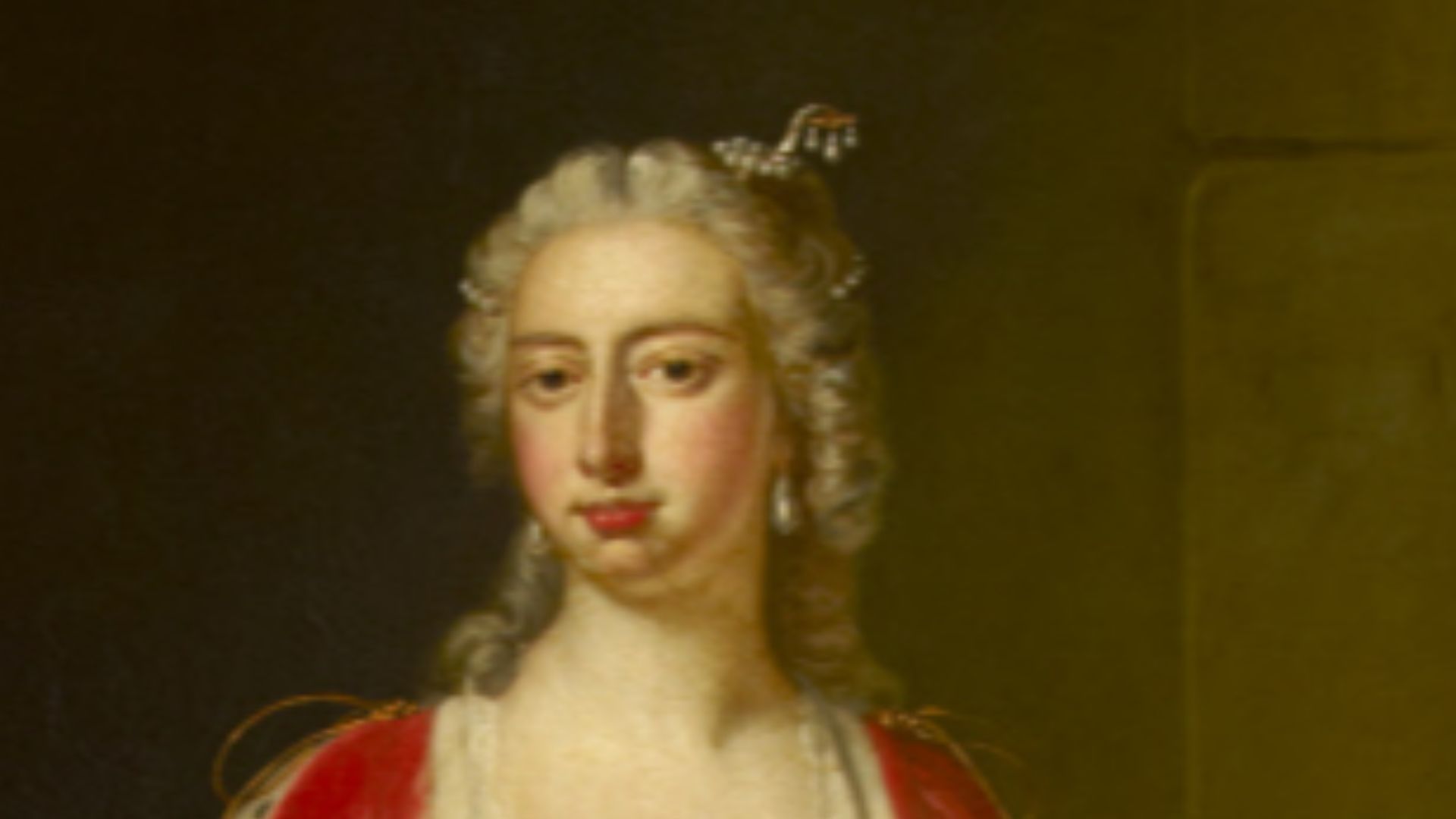 Thomas Hudson, Wikimedia Commons
Thomas Hudson, Wikimedia Commons
24. He Kidnapped His Wife
The moment Augusta went into labor, Frederick put his petty plan into action. Forcing his poor, contracting wife to travel in the middle of the night, he brought them to a remote palace so she could give birth to their baby daughter on a tablecloth. He did all this so his parents wouldn’t be able to witness the birth of their grandchild.
Enter: Another case of deja vu.
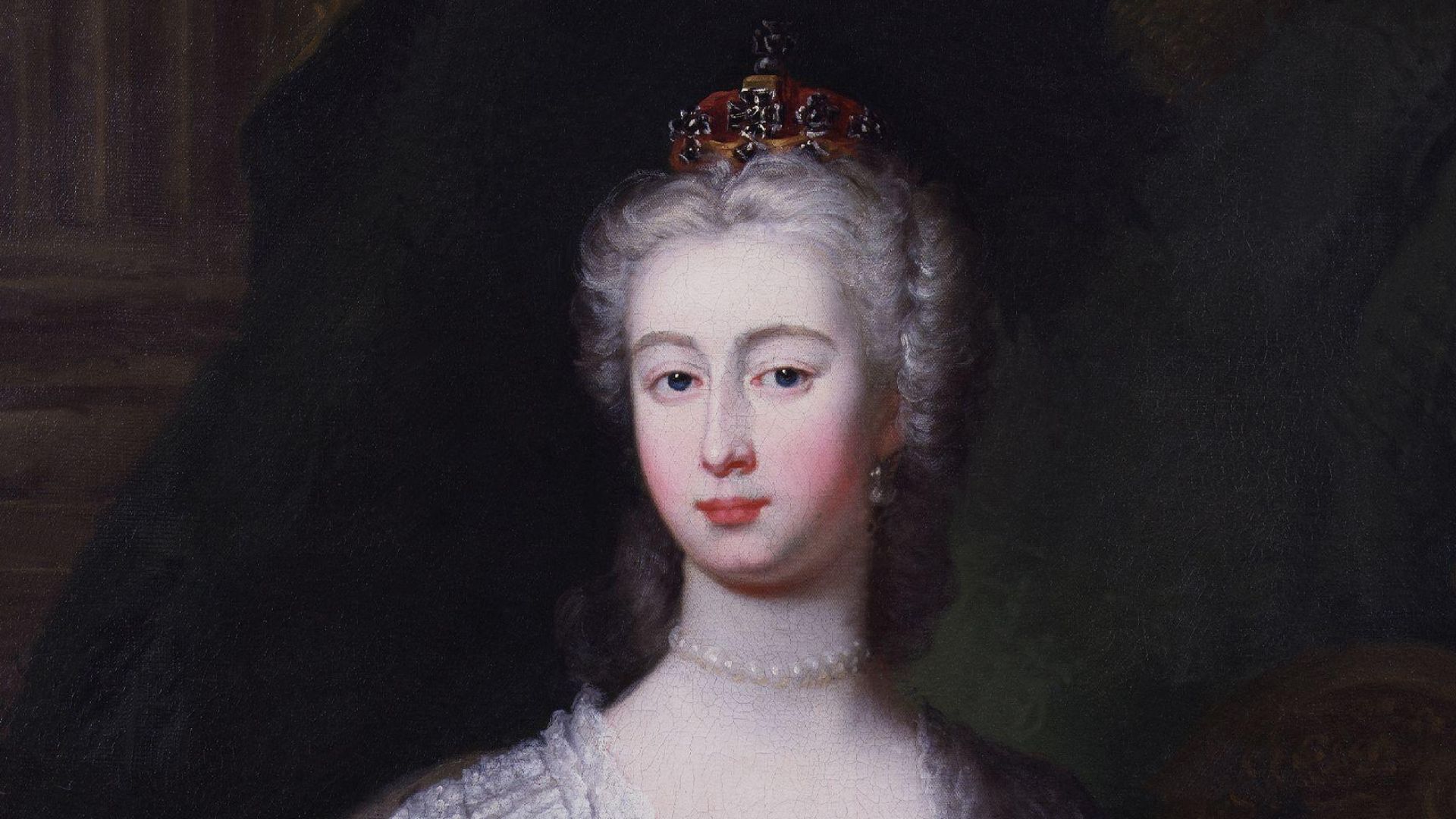 Charles Philips, Wikimedia Commons
Charles Philips, Wikimedia Commons
25. His Mother Hated Him
In response to Frederick’s latest machinations, King George II and Caroline of Ansbach banished Frederick from their court, just as King George I had done for them. Their hatred for each other ran so deep, Caroline reportedly once caught sight of her son and screamed, "Look, there he goes—that wretch!—that villain!—I wish the ground would open this moment and sink the monster to the lowest hole in hell!”
Again, this was Frederick’s own mother saying that. And his mother was the Queen of England. But she saved her worst insult for last.
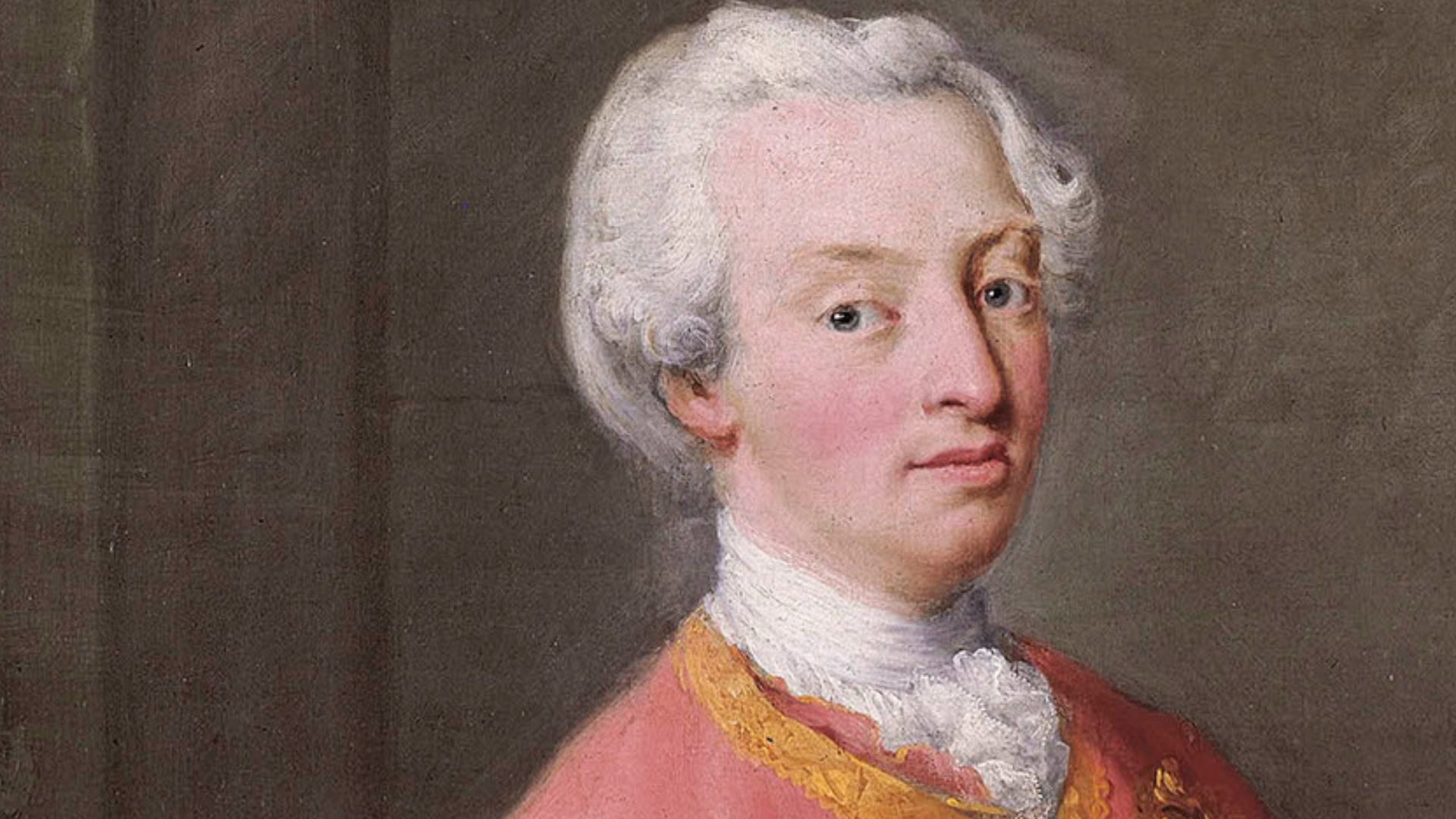 Jacopo Amigoni, Wikimedia Commons
Jacopo Amigoni, Wikimedia Commons
26. She Got A Final Revenge
In 1737, Caroline fell fatally ill with a strangulated bowel, and the news spurred a change of heart in the wayward son of Hanover. Chastened, Frederick tried to see his mother on her deathbed…and got back a vicious response. With Caroline’s blessing, his father King George II told him he couldn’t enter.
Though Caroline later sent Frederick a message saying that she forgave him, the jury’s still out on that: Frederick wasn’t even invited to her funeral. And still the hits continued.
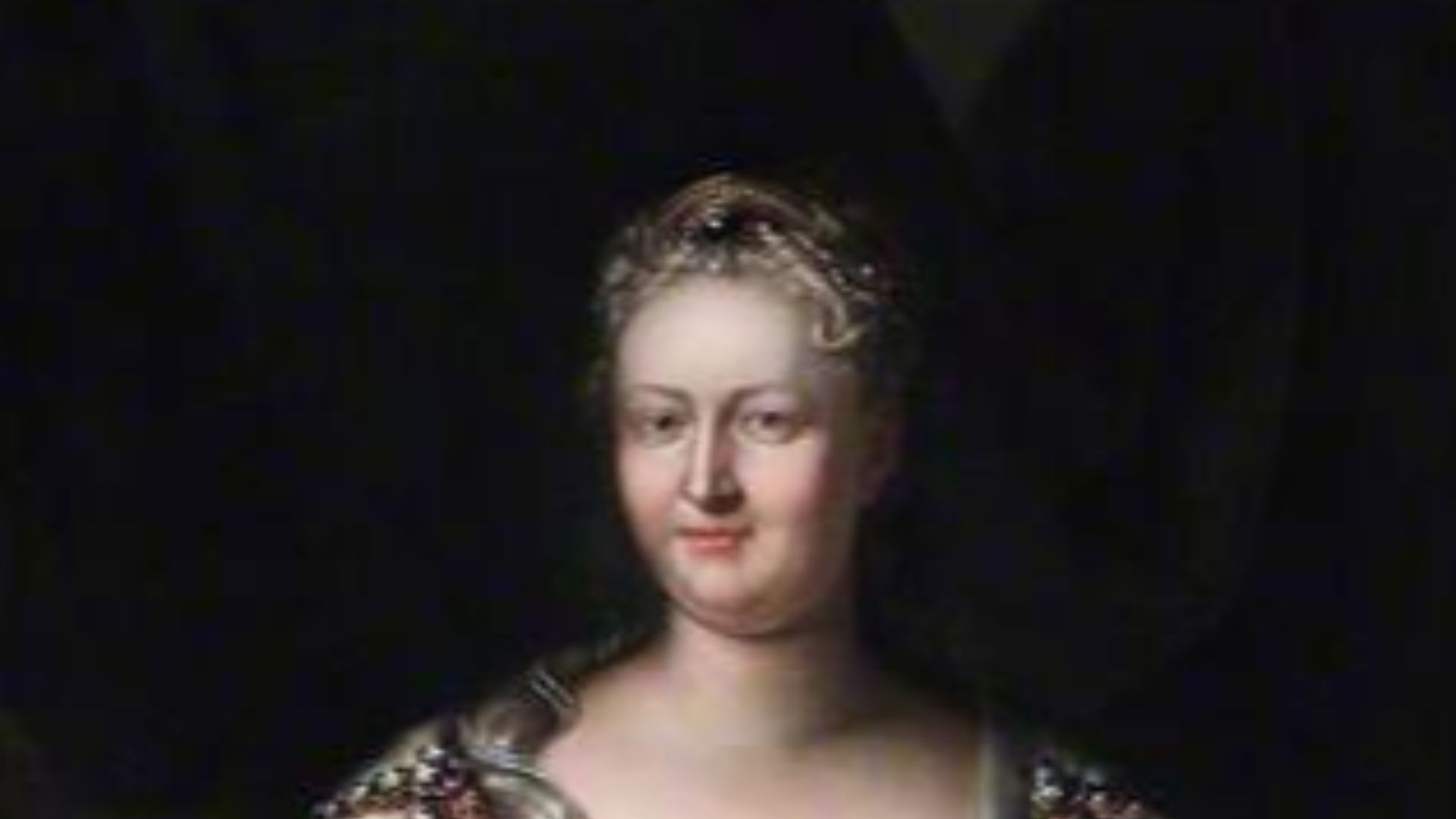 Herman van der Mijn, Wikimedia Commons
Herman van der Mijn, Wikimedia Commons
27. He Met A Sudden End
Frederick and his wife went on to have nine children together, including their eldest son, named (what else) George. In the 1740s, he even managed to have somewhat of a reconciliation with his father the king and began living a calmer life…unti in 1751, a likely pulmonary embolism caused the Prince of Wales to drop dead.
For all their "reconciliation," King George II mourned his least-favorite child not at all…but he did continue the Hanover legacy, with all the pain that implies.
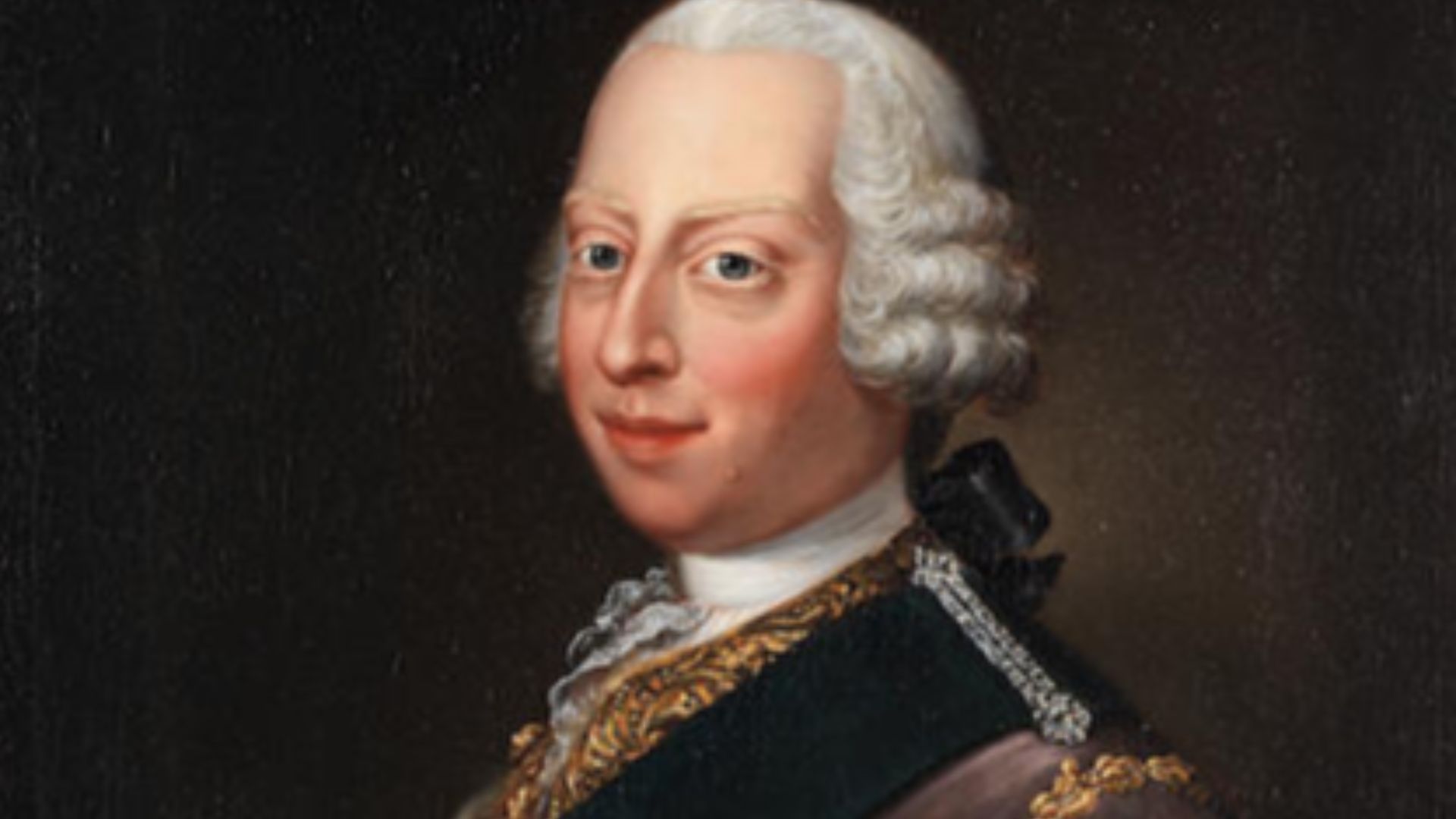 Attributed to Barthelemy Du Pan, Wikimedia Commons
Attributed to Barthelemy Du Pan, Wikimedia Commons
28. She Turned Into A Meddling Mother
With Frederick out of the way, his son George became heir to the throne. It created an entirely new family feud. The widowed Augusta, now much more canny to court politics, tried to exert as much control and influence on her son as she could, and was soon locked in a battle of wills with King George II about the boy’s upbringing.
Augusta was especially controlling about her son’s marriage prospects, nixing both his interest in a court lady and a royal match the king suggested. But they were running out of time.
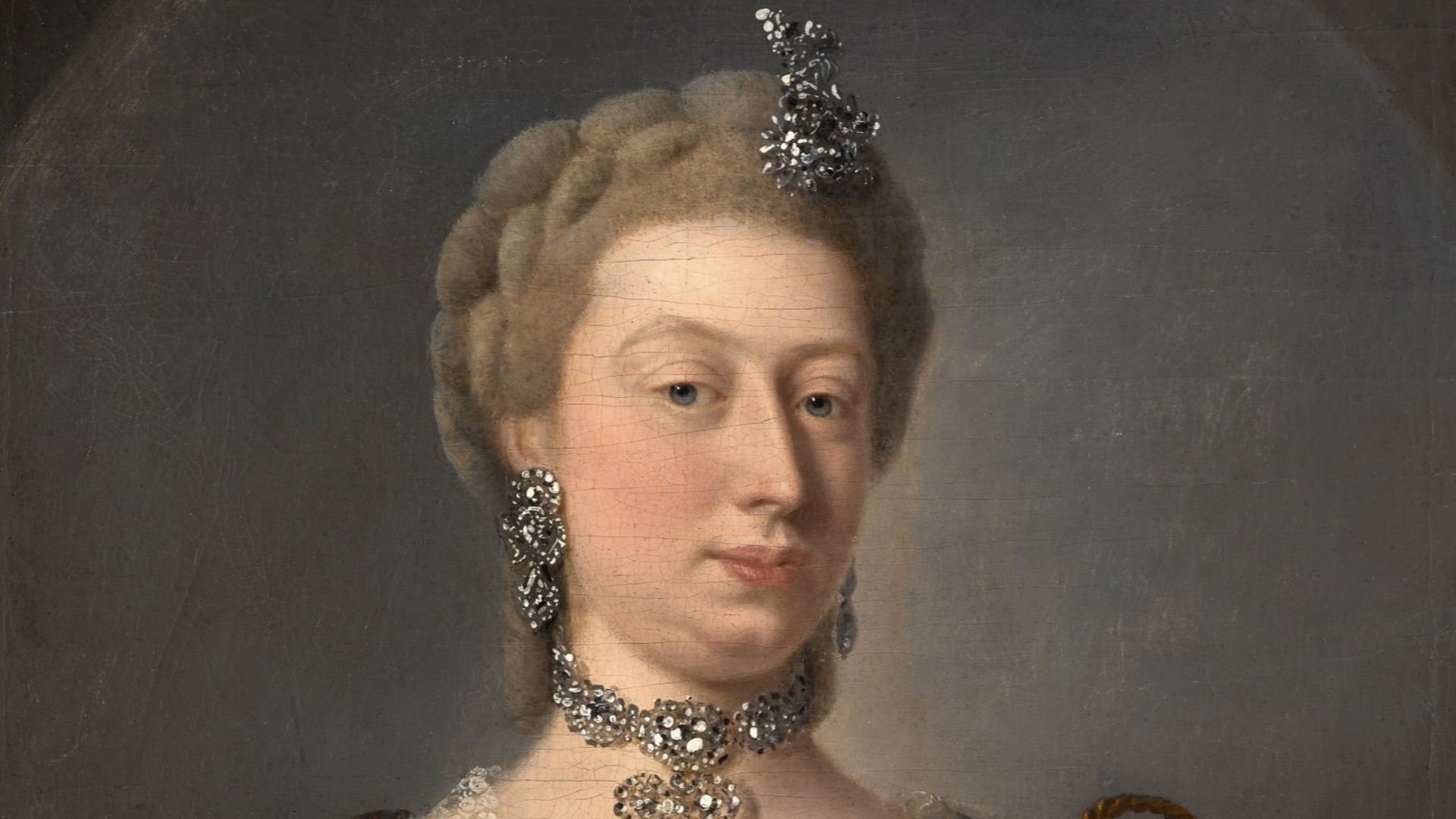 Studio of Jean-Baptiste van Loo, Wikimedia Commons
Studio of Jean-Baptiste van Loo, Wikimedia Commons
29. She Chose Another Pawn
In 1760, King George II passed, and now the 22-year-old young adult was King George III—and very much needed a wife. Eventually, Augusta selected the 17-year-old Charlotte of Mecklenburg-Strelitz, mostly because the girl was from an uninfluential principality and everyone thought she would be a pliable pawn…just like Augusta herself had been.
30. They Had A Tense Court
The House of Hanover really never could do “family” right. The royal court turned into a viper’s nest overnight. Augusta began installing spies to watch Charlotte and King George III to better control them, and nitpicked at Charlotte’s etiquette and manners whenever she could. Meanwhile, King George III’s siblings—who despised their mother—gossiped about her to anyone who would listen.
There was, however, one exception to all this strife.
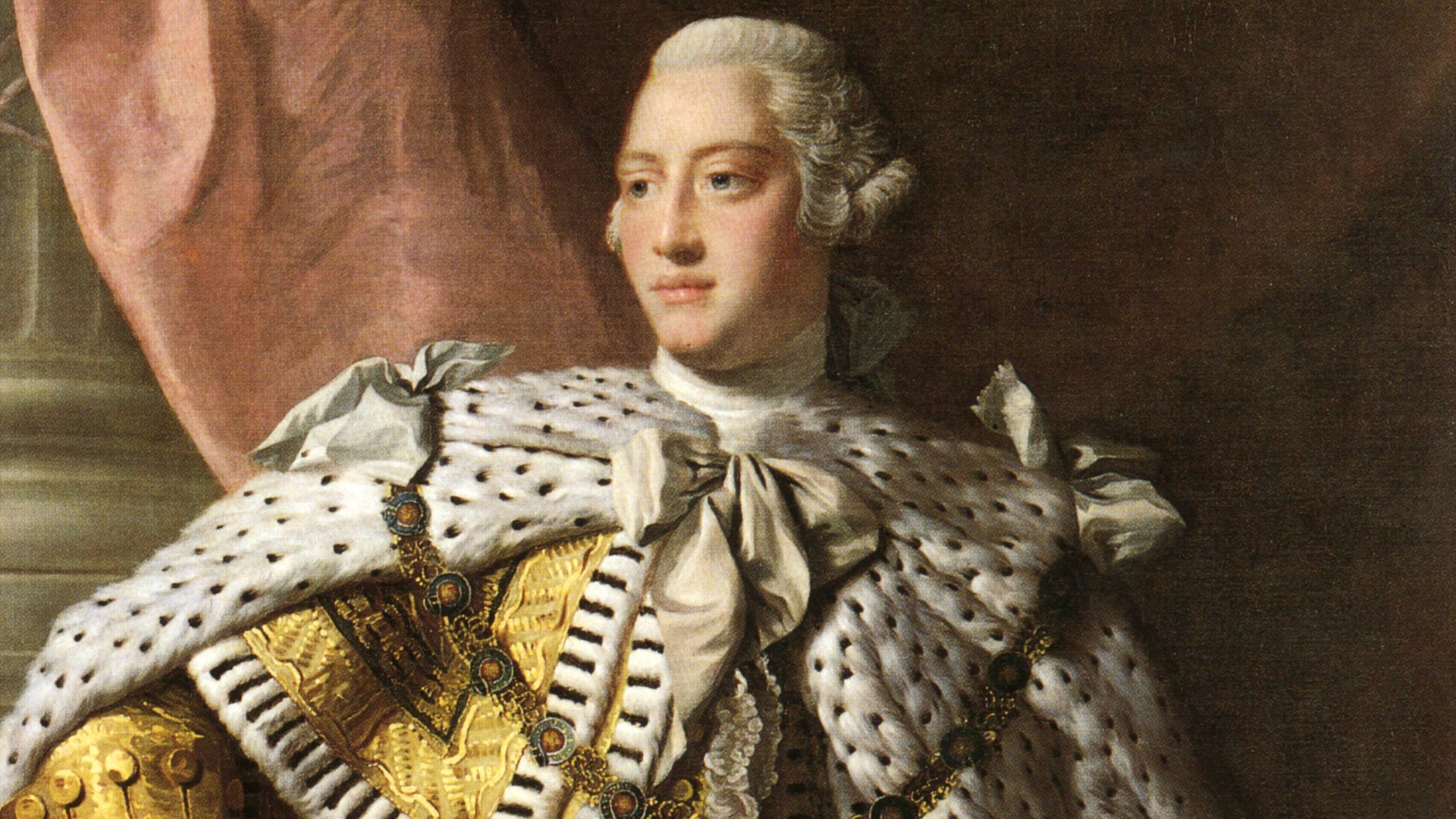 Workshop of Allan Ramsay, Wikimedia Commons
Workshop of Allan Ramsay, Wikimedia Commons
31. He Managed To Have A Happy Family
Incredibly, especially given the family history, George and Charlotte had a happy and prosperous marriage together, eventually having 15 children, most of whom would grow to adulthood. Although their closeness likely drove Augusta to tears, the royal couple made an initially dubious situation work for them.
Then the emergency hit.
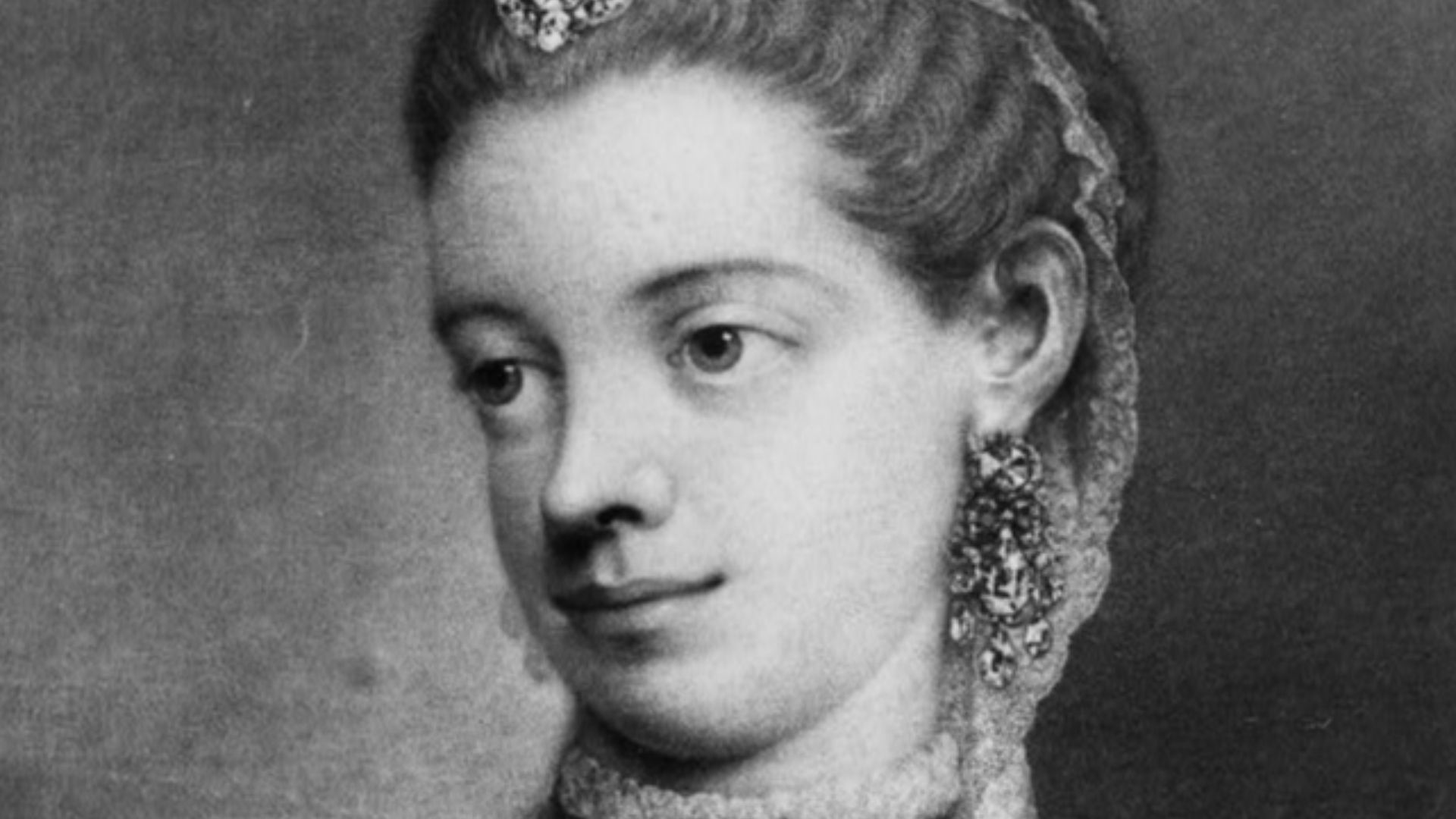 Thomas Frye, Wikimedia Commons
Thomas Frye, Wikimedia Commons
32. He Suffered From Mental Illness
In 1765, the curse of Hanover struck in earnest. That year, King George III suffered from a sudden fit of mental illness—the first bout of an unknown disorder that may have been porphyria or perhaps bipolar disorder. He experienced fever and insomnia for days, not to mention going through cognitive impairment. In true dysfunctional fashion, Augusta kept the truth from Charlotte even as the government scrambled to pass a Regency Act.
Eventually, George came back to his senses without the need for an Act, and everyone breathed a sigh of relief. For now.
 Workshop of William Beechey, Wikimedia Commons
Workshop of William Beechey, Wikimedia Commons
33. He Lost America And Lost His Children
1783 was a bad, bad year for King George III. That year, after the disastrous American Revolutionary War, George officially gave up British control of the colonies. His loss of America is now perhaps the biggest stain on his legacy stateside, but few know he also suffered deep personal losses during this time: In 1782 and 1783, two of his children passed while barely out of infancy.
Then an old ghost came to haunt him.
 Mr Eugene Birchall , Wikimedia Commons
Mr Eugene Birchall , Wikimedia Commons
34. He Had A Flare Up
It’s a cruel irony that, after generations of petty inter-familial hatred, George III managed to eke out a relatively happy home life with Queen Charlotte, only to experience perhaps the most notorious mental illness of the 18th century. In 1788, his decades-dormant disorder flared up again—and this time, it was all-consuming.
With his mother gone by now, it was George’s wife and children who bore the painful brunt of it.
 Workshop of Allan Ramsay, Wikimedia Commons
Workshop of Allan Ramsay, Wikimedia Commons
35. He Foamed At The Mouth
The king’s 1788 flare up was characterized by intense manic behavior, where he would lock Queen Charlotte and his daughters in a room and talk at them for hours, refusing to let them sleep and going on so incessantly that it would reportedly cause him to foam at the mouth.
Parliament went apoplectic at the news of their king’s incapacity—but, in classic Hanover style, it was someone within his own family who truly betrayed him.
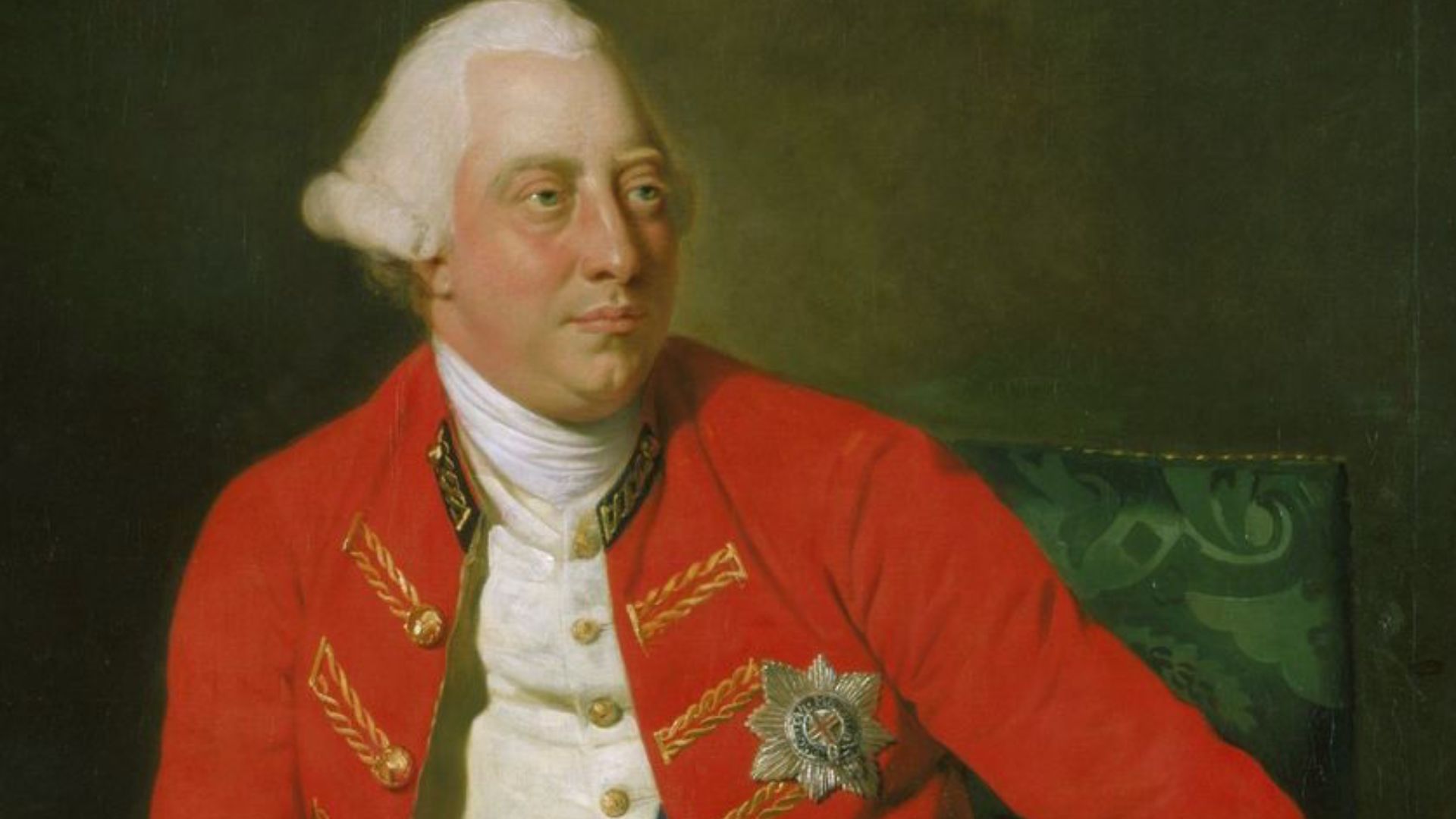 Johann Zoffany, Wikimedia Commons
Johann Zoffany, Wikimedia Commons
36. His Son Wanted To Oust Him
During this time, the king’s eldest son, also named George, was thinking only about himself. Raucous and dissolute, the 26-year-old Prince of Wales took after his grandfather Frederick and was constantly in debt, constantly with mistresses, and constantly looking for more money and power. So, in the middle of the crisis, Prince George kept pushing his case to be made regent and take control of the kingdom over any other candidate.
When his father made another miraculous recovery, the prince was surely disappointed. There was more where that came from.
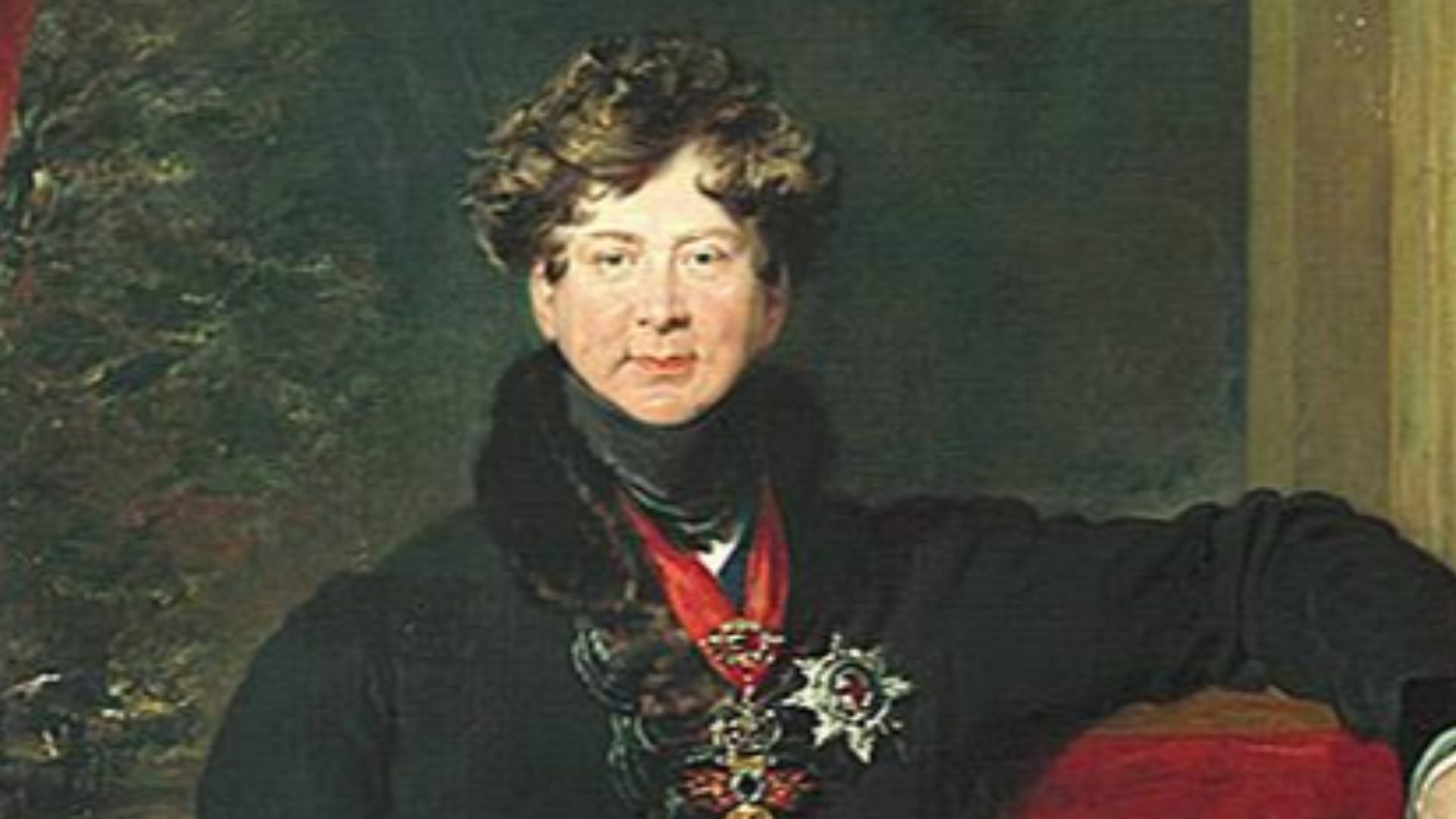 Thomas Lawrence, Wikimedia Commons
Thomas Lawrence, Wikimedia Commons
37. He Was A Bigamist
In 1795, Prince George made an infamous marriage. Desperate for a dowry to fund his habits, the Prince of Wales agreed to follow his father’s wishes and marry his cousin Caroline of Brunswick…despite the fact that he had already (illegitimately) married the commoner Maria Fitzherbert a decade before.
It turned into a very bad idea, and soon the Hanover family mess was back in full stride.
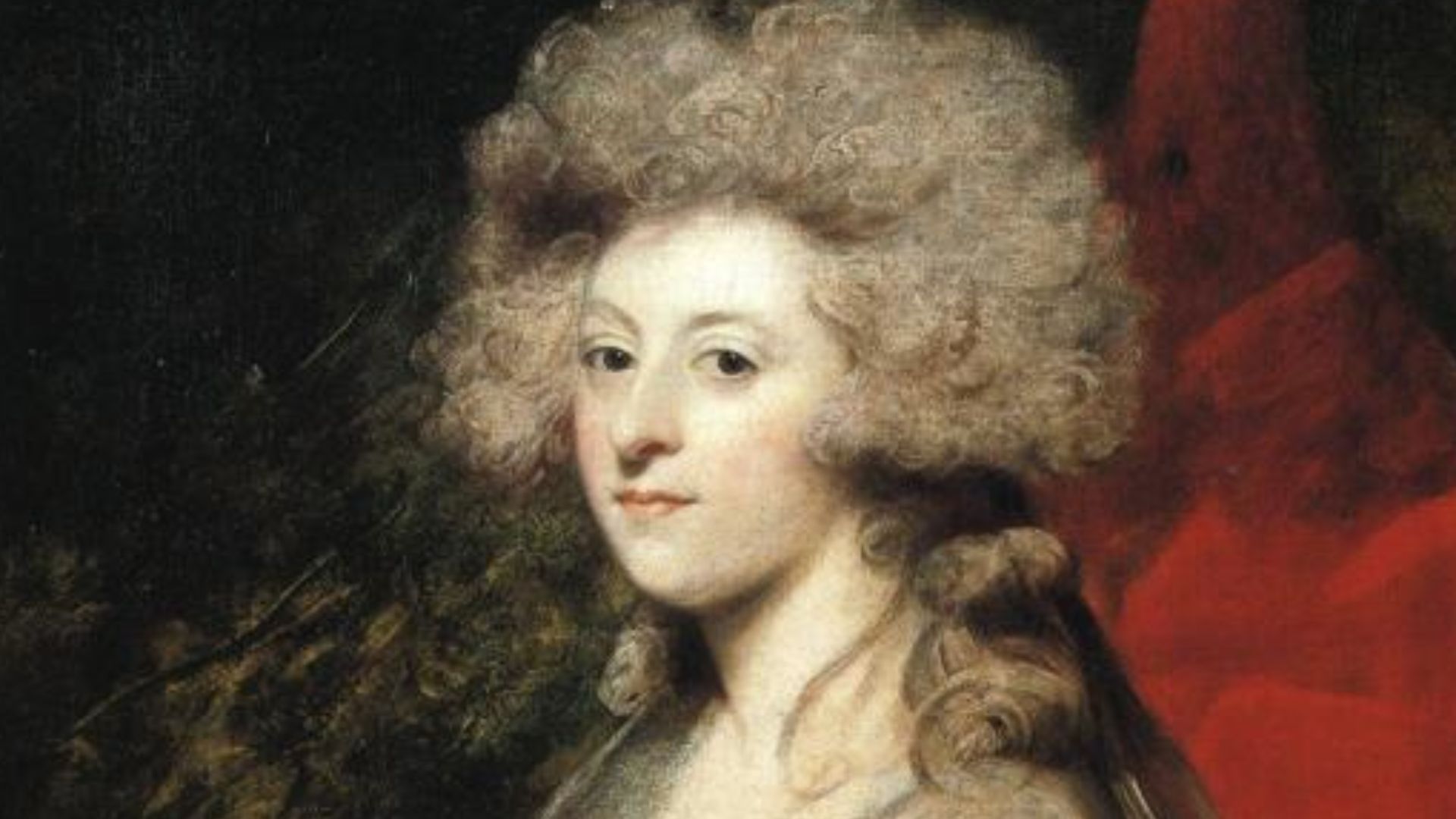 Joshua Reynolds, Wikimedia Commons
Joshua Reynolds, Wikimedia Commons
38. He Was Inebriated At His Wedding
On his (legal) wedding day, Prince George drank so copiously that he was fully out of it during the ceremony, though this didn’t stop him from loudly complaining how unhygienic and disgusting his bride Caroline was. Reportedly, they only consummated the union three times during their entire marriage—two times on the wedding night, once more the day after, then never again.
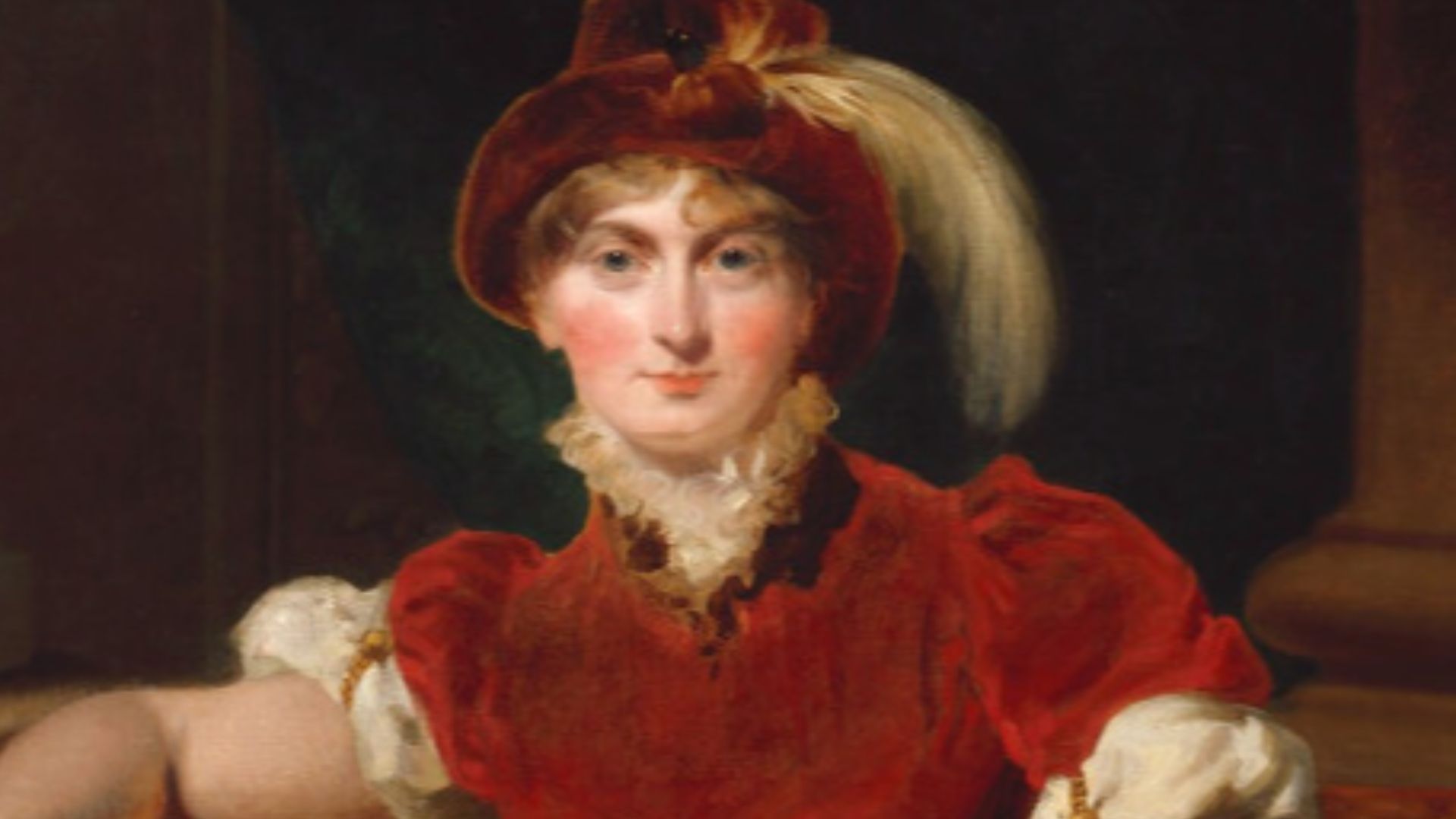 Thomas Lawrence, Wikimedia Commons
Thomas Lawrence, Wikimedia Commons
39. They Had One And Were Done
In a stroke of (ill?) luck, Caroline actually managed to get pregnant from just these three times, and gave birth to a daughter, Charlotte, nine months after the wedding. And how did Papa George celebrate? By giving his wife a truly disturbing gift. Three days after Charlotte came into the world, George updated his will to give all his possessions to his mistress Maria Fitzherbert, while leaving his wife Caroline...a single shilling.
Unsurprisingly, by 1796, George and Caroline asked permission from the king to separate. He granted the request, probably hoping it would soothe the building tension. He was sorely mistaken.
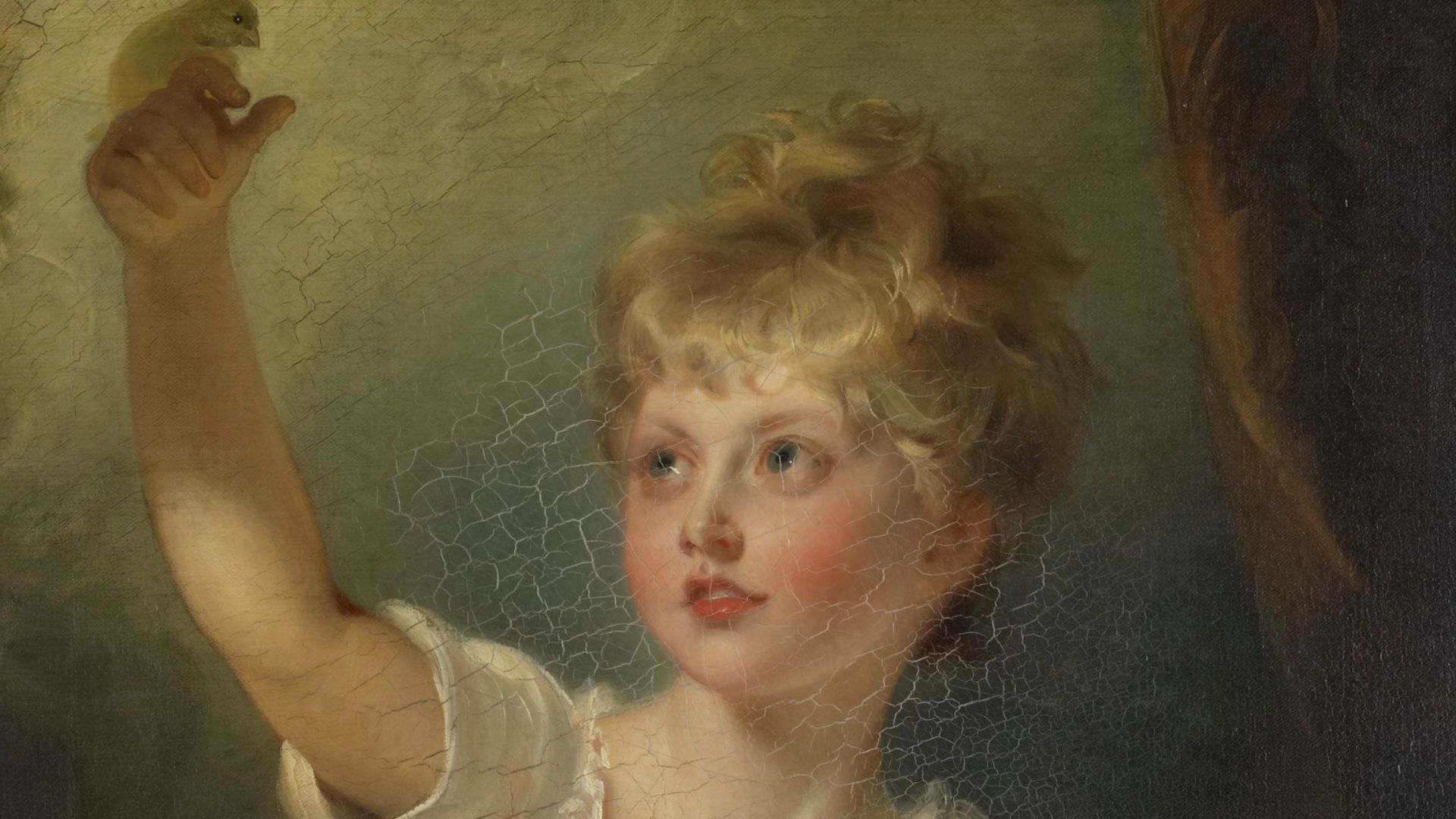 Thomas Lawrence, Wikimedia Commons
Thomas Lawrence, Wikimedia Commons
40. Their Separation Was A Reality Show
In very little time, the Prince of Wales and his estranged wife turned into the Kramer vs Kramer of the 18th century. After accusing Caroline of inappropriately entertaining men in her new solo home, Prince George restricted her custody of their daughter Charlotte and barred her from moving in the upper echelons of society.
Soon enough, the whole of Britain was choosing a side. It would take an epic family tragedy to tear their attention away.
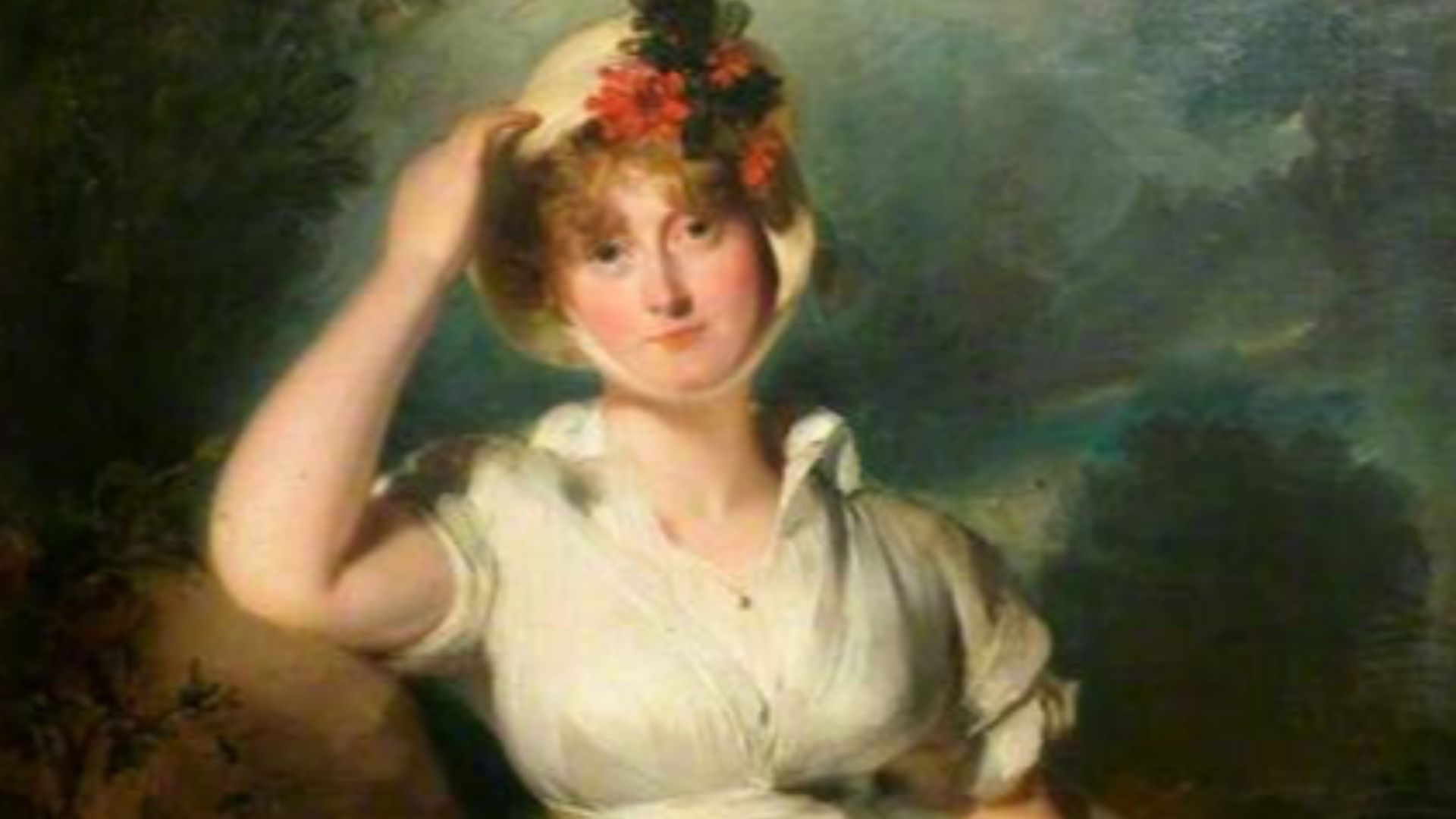 Thomas Lawrence, Wikimedia Commons
Thomas Lawrence, Wikimedia Commons
41. The King Suffered A Final Tragedy
In 1810, King George III received the final attack on his mental health. That year, his favorite and youngest daughter Princess Amelia caught a fatal case of measles at just 27 years old. Her passing sent shockwaves through the kingdom, and it all but destroyed the now elderly, unstable monarch.
He slipped back into insanity, and would now beg for his daughter Amelia at all hours, or else speak to her as if she was in the room already. It led the government to a momentous decision.
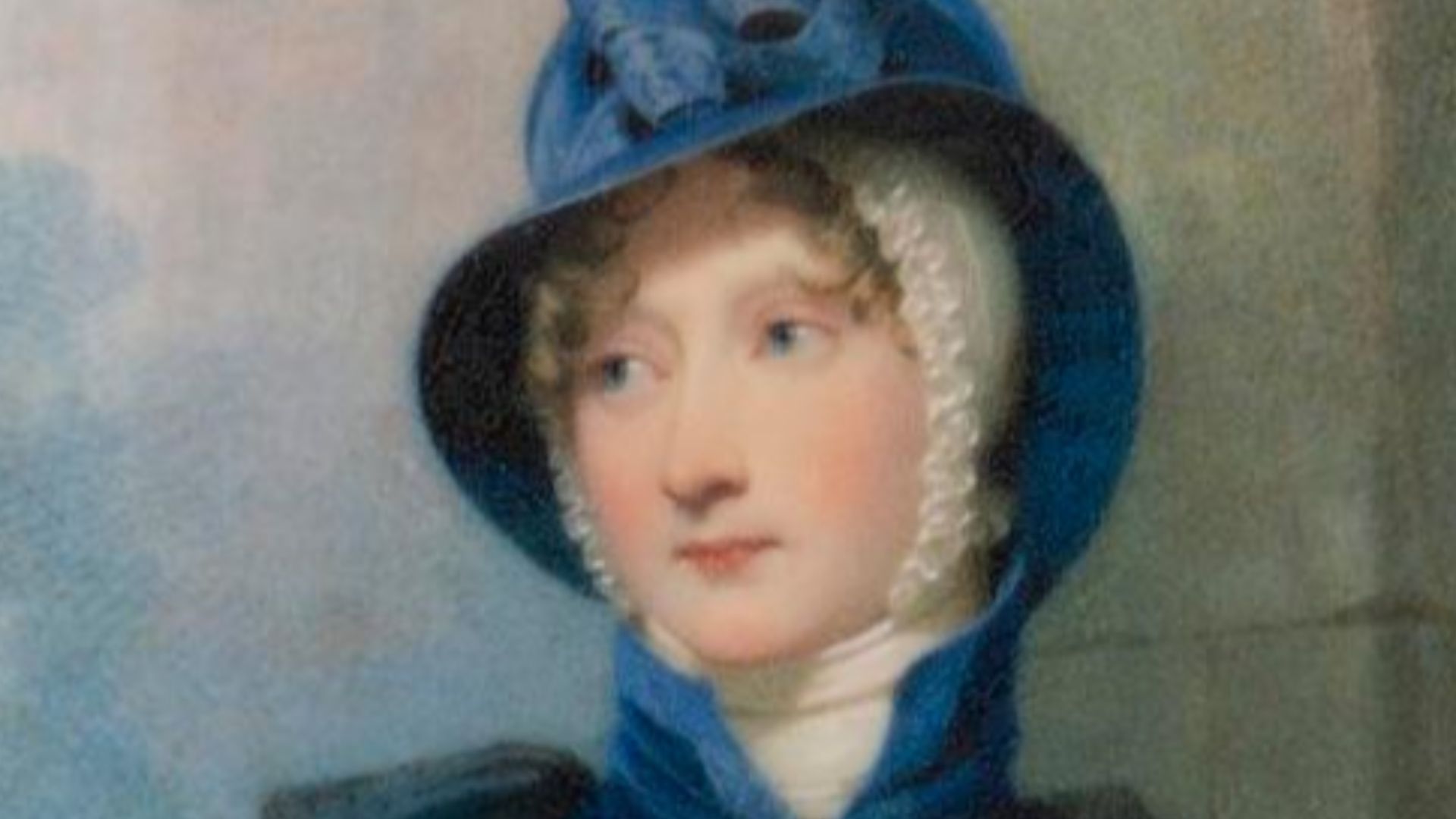 Andrew Robertson, Wikimedia Commons
Andrew Robertson, Wikimedia Commons
42. He Gave Up His Throne
In 1811, King George III finally signed a document ceding the rule of the realm to his son the Prince of Wales, who now ruled as regent at last—thus the name “regency period”. But whatever Prince George imagined about the position at the top, it turned far more tragic than he could have ever predicted.
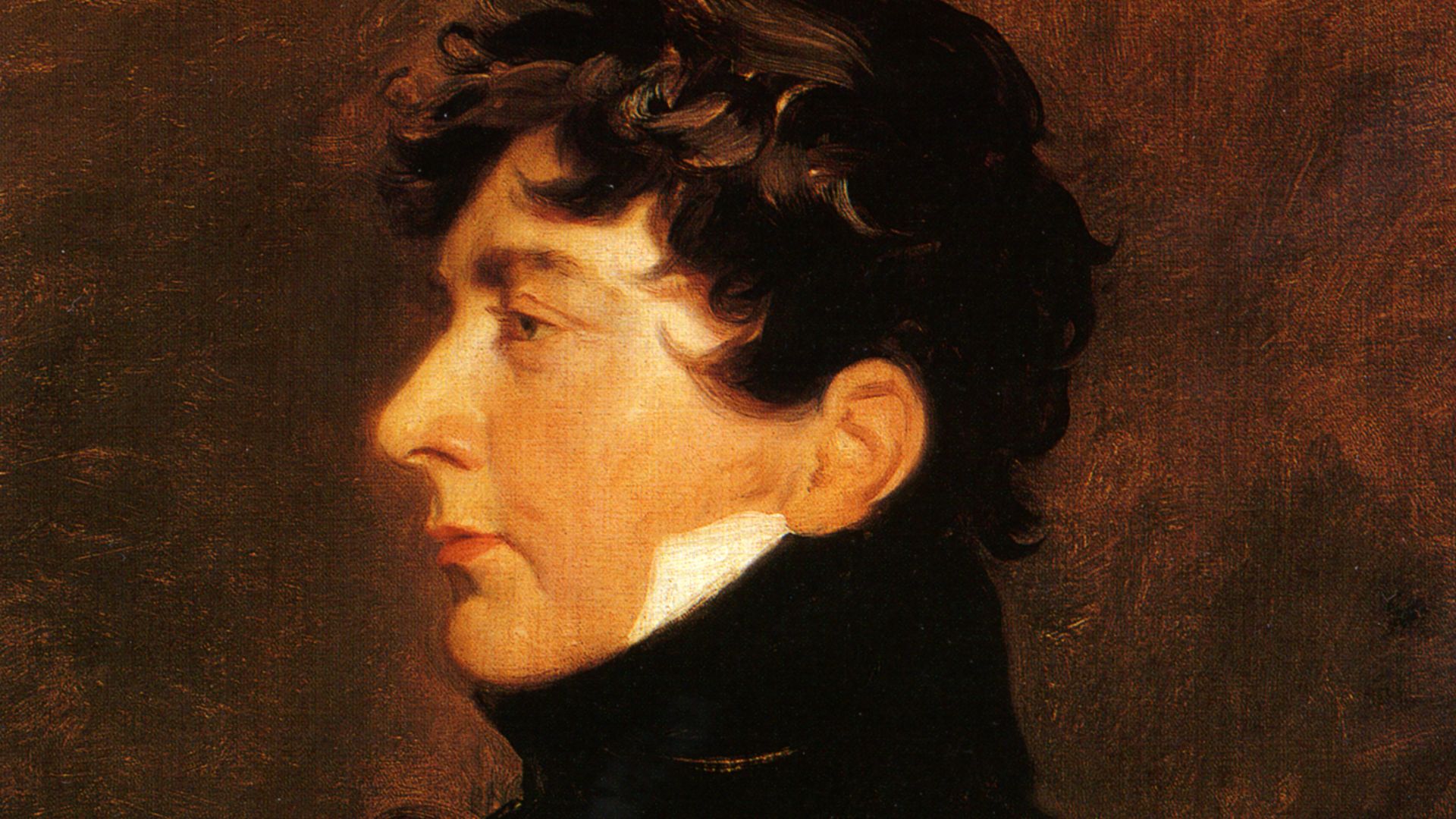 Thomas Lawrence, Wikimedia Commons
Thomas Lawrence, Wikimedia Commons
43. The Heir Perished
In 1817, Princess Charlotte, the only daughter of Prince Regent George and his estranged wife Caroline of Brunswick, perished along with her baby in childbirth. It was a crushing blow to the royal family…but when George found out, he didn’t even bother to inform Caroline, who had to learn of it from a passing courier.
The royal line of Hanover was now decimated, and dwindling practically by the hour.
44. The Grim Reaper Came To Their Door
The next year, George’s mother Queen Charlotte passed. Then in 1820, more upheaval rocked the royal family. King George III, clinging on to life now for a decade after ceding power, finally slipped away in near total mental confusion.
Orphaned as he was, the 57-year-old once-regent was now officially King George IV…and it came with a world of hurt.
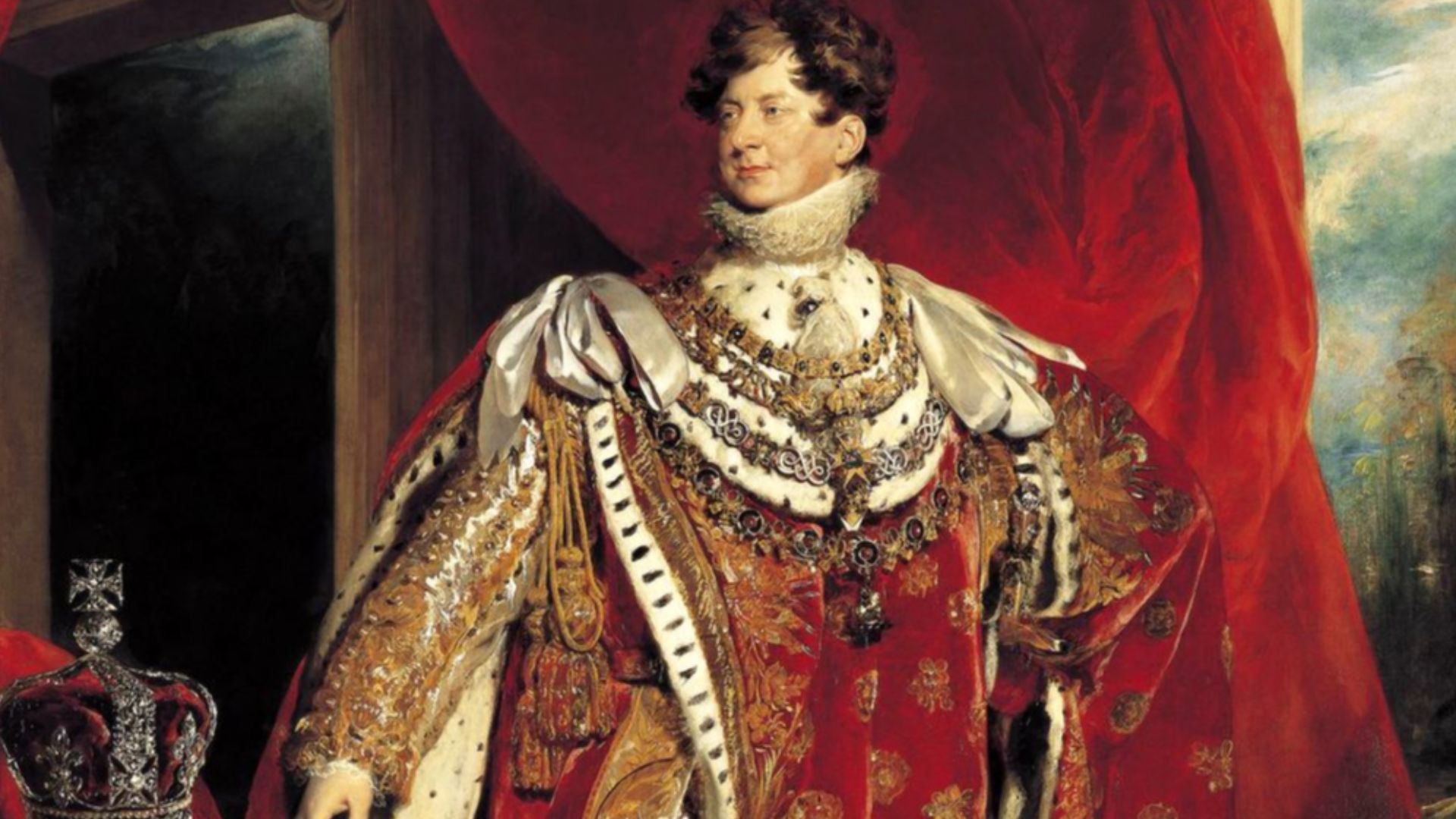 Thomas Lawrence, Wikimedia Commons
Thomas Lawrence, Wikimedia Commons
45. He Mortified His Wife
Now that he was king and had no heirs, George desperately wanted to divorce his estranged wife Caroline—but she wasn’t having it. It devolved into chaos: In a bid to push the matter to a crisis, George IV put Caroline on a very public trial for taking lovers in the intervening years (she had, and who could blame her?).
Witnesses were literally airing her dirty laundry. It would end in tears.
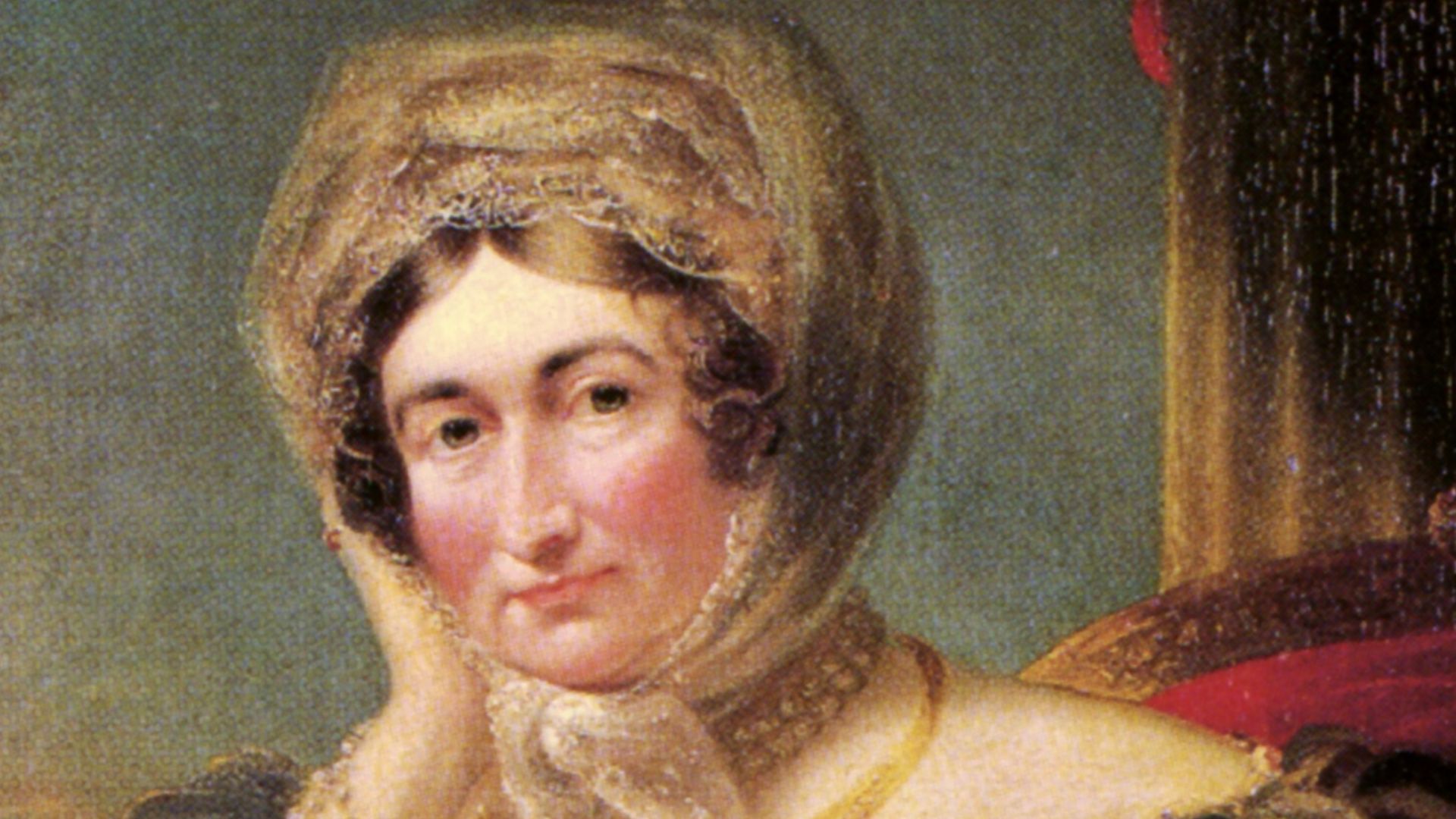 James Lonsdale, Wikimedia Commons
James Lonsdale, Wikimedia Commons
46. They Had One Last Showdown
For all the flash of the trial and the ultimate verdict that Caroline had been adulterous, none of it ended up being legally enforceable. So, more determined than ever, George IV upped the ante and explicitly banned Caroline from his coronation in 1821. But Caroline wasn't about to take that kind of insult sitting down. Unfortunately, she had no idea that she was in for an even bigger insult.
Caroline tried to get into the coronation anyway, and he mortified her by turning her away in front of all his subjects. But Caroline, as determined as she was, kept trying multiple entrances. Are you cringing? I'm cringing.
This petty and humiliating moment would have outsized effects.
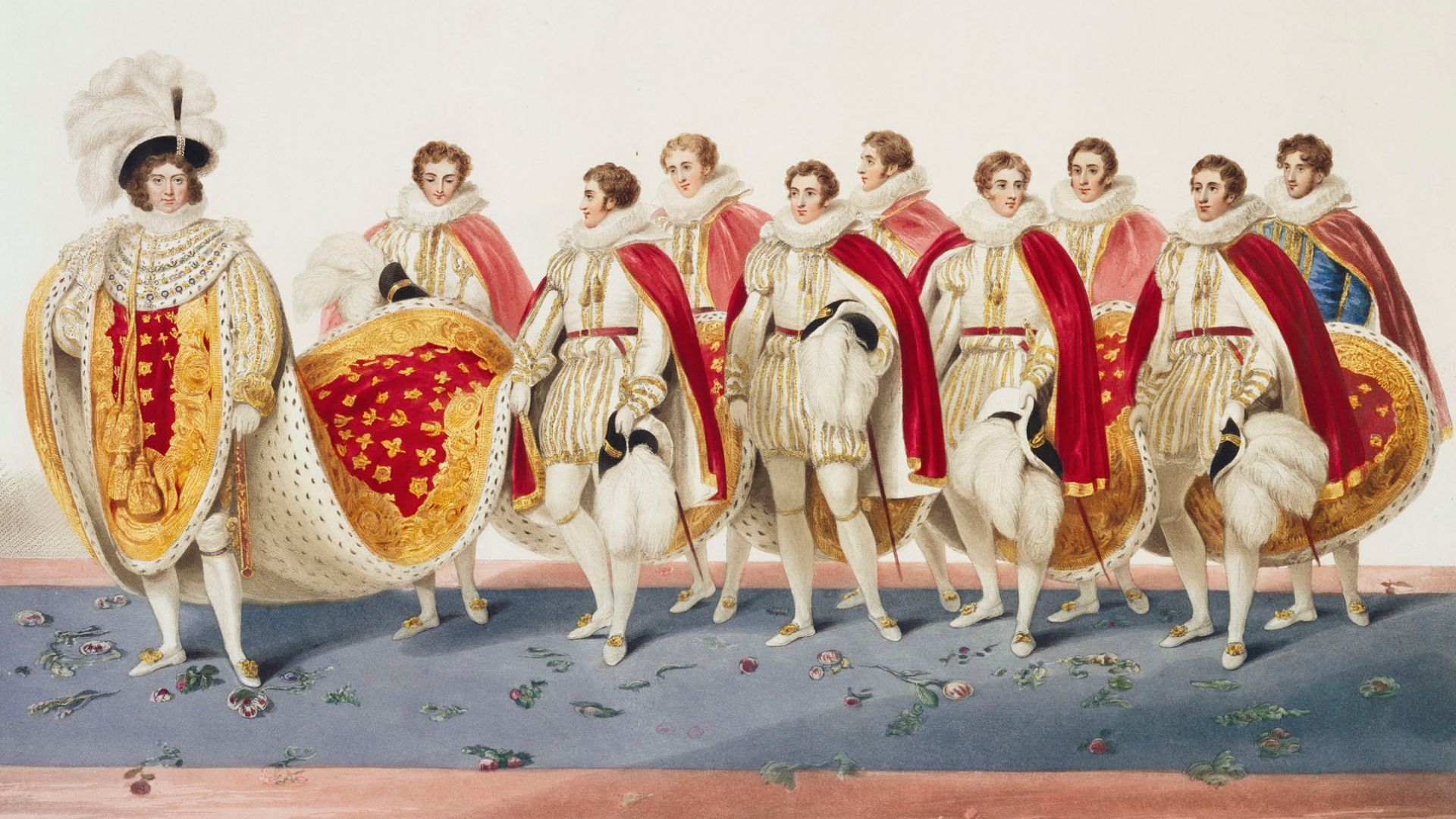 Edward Scriven (after Francis and James Stephanoff), Wikimedia Commons
Edward Scriven (after Francis and James Stephanoff), Wikimedia Commons
47. She Claimed He Poisoned Her
On the very day of the coronation, Caroline went home with her tail between her legs and instantly fell sick. To ease her suffering, Caroline took some milk of magnesia as well as some drops of laudanum, hoping to sleep it off and come back swinging in the morning. But like so much else in her life, this didn’t go according to plan. After a few weeks passed, Caroline came to a terrifying conclusion.
She wasn't going to get better. And she laid the blame down at her estranged husband's feet, swearing up and down that King George IV must have somehow poisoned her and telling all of her supporters. The “queen” was dead three weeks later.
While Caroline’s own doctors believed she had an intestinal obstruction that was wreaking havoc on her body, modern experts today think she could have been suffering from some kind of cancer that decided to rear its ugly head in the middle of her mental anguish.
By then, though, the House of Hanover was in its last gasps.
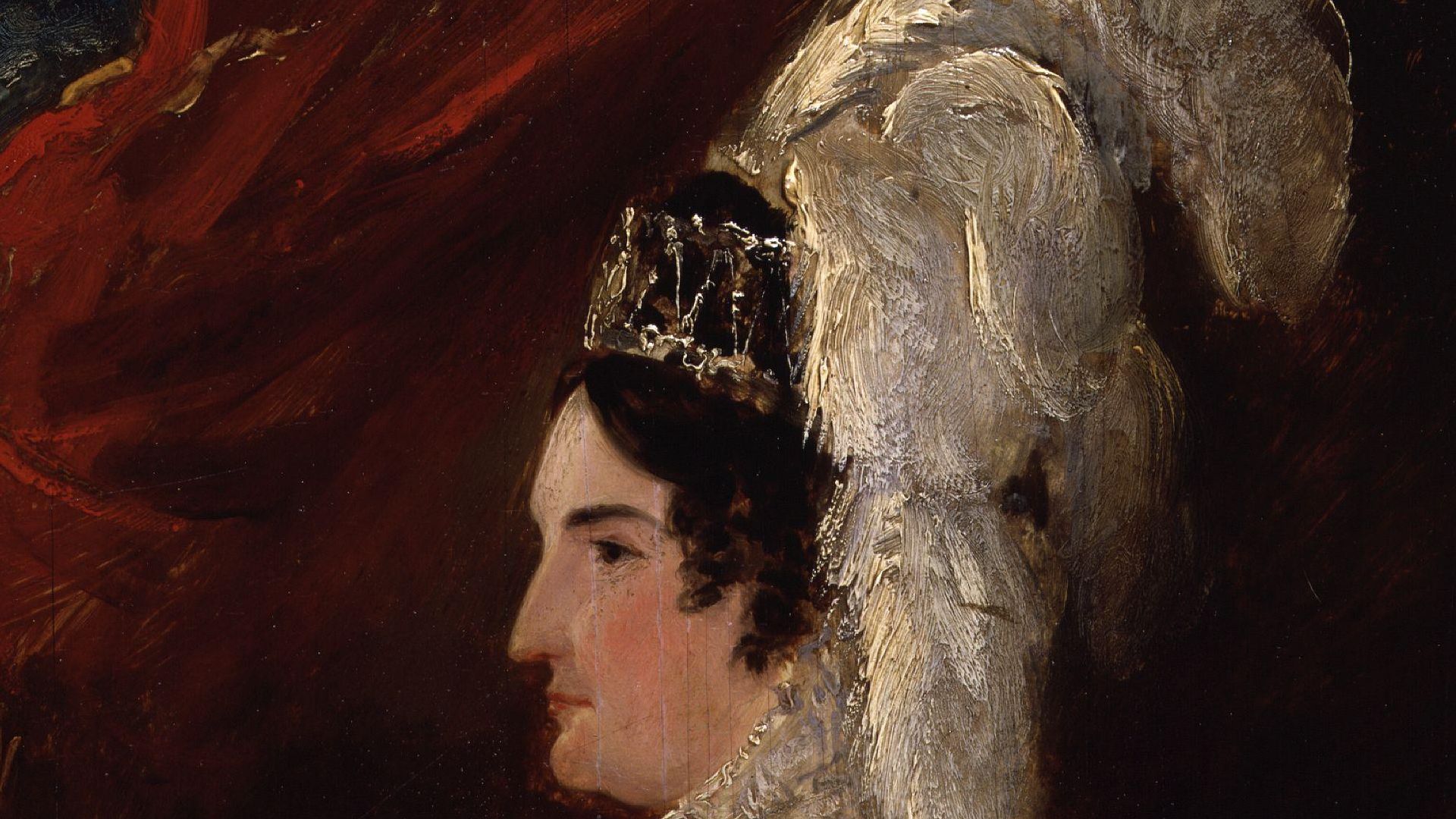 George Hayter, Wikimedia Commons
George Hayter, Wikimedia Commons
48. They Were Out Of Heirs
The passing of Princess Charlotte in 1817 revealed a fatal flaw in the royal family: There were precious few heirs around. The Hanovers were a thoroughly dissolute bunch, with many trapped in loveless marriages, and none of George IV’s brothers had legitimate children of their own. This is what happens when you spend generations despising each other, I guess.
After 1817, the available siblings scrambled to marry, but the clock was ticking down.
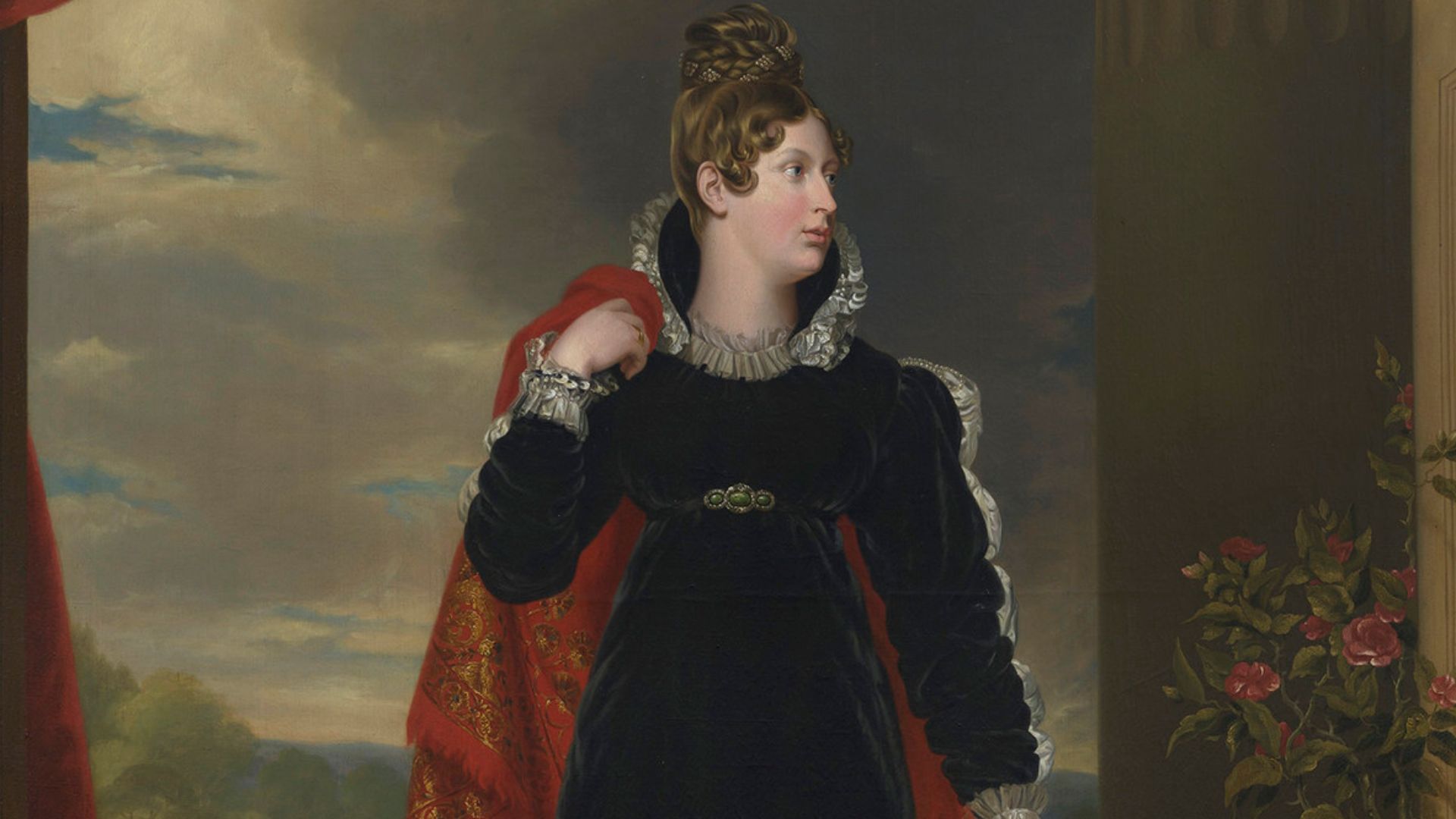 After George Dawe, Wikimedia Commons
After George Dawe, Wikimedia Commons
49. He Met An Embarrassing End
In 1830, King George IV finally paid the piper. He perished after an enormous bowel movement, the strain of the work having caused a blood vessel in his stomach to rupture. It was a fittingly embarrassing end for a horrible man, and his country didn’t mourn him. As one commenter put it, “There never was an individual less regretted by his fellow-creatures than this deceased king”.
So, in the twilight of its age, the House of Hanover fell to a complete wild card.
50. His Brother Was Forced To The Throne
The next and final king of the Hanover line was George’s younger brother King William IV, who was in his mid-60s when he took the throne, and in a childless royal marriage no longer likely to produce any heirs. A naval, no-fuss man who never expected nor desired the crown, he scoffed even at his own coronation, catching flack for behaving ”like a character in a comic opera" the whole time.
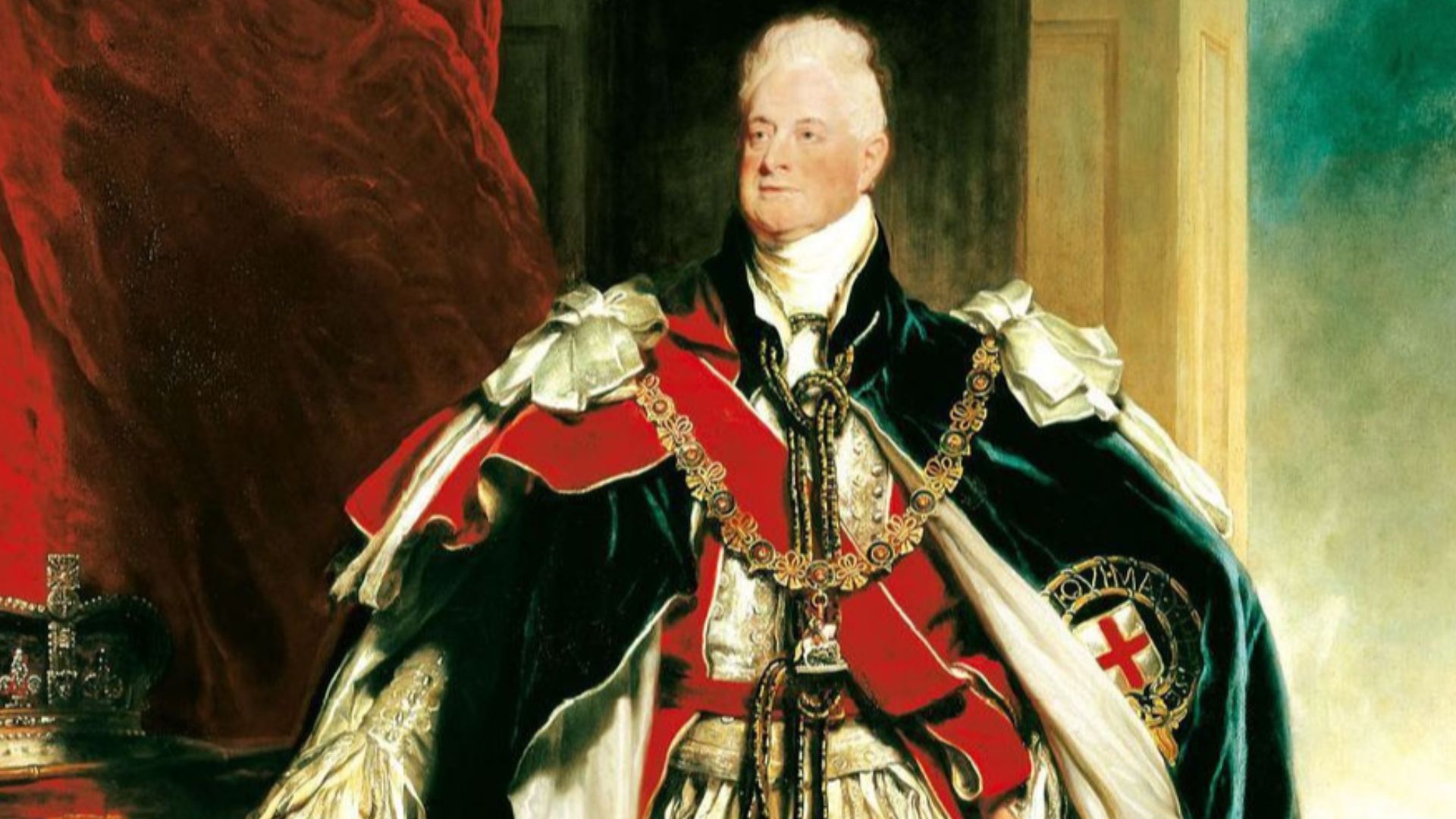 Martin Archer Shee, Wikimedia Commons
Martin Archer Shee, Wikimedia Commons
51. They Had One Hope
With no legitimate children to speak of, William IV’s successor was his newly-born niece—William’s younger brother had managed to have children in his quickie marriage—who was none other than the future Queen Victoria.
Perhaps surprisingly, William doted on the young girl and brought her up very much as his heir. But wherever Hanover went, family drama followed.
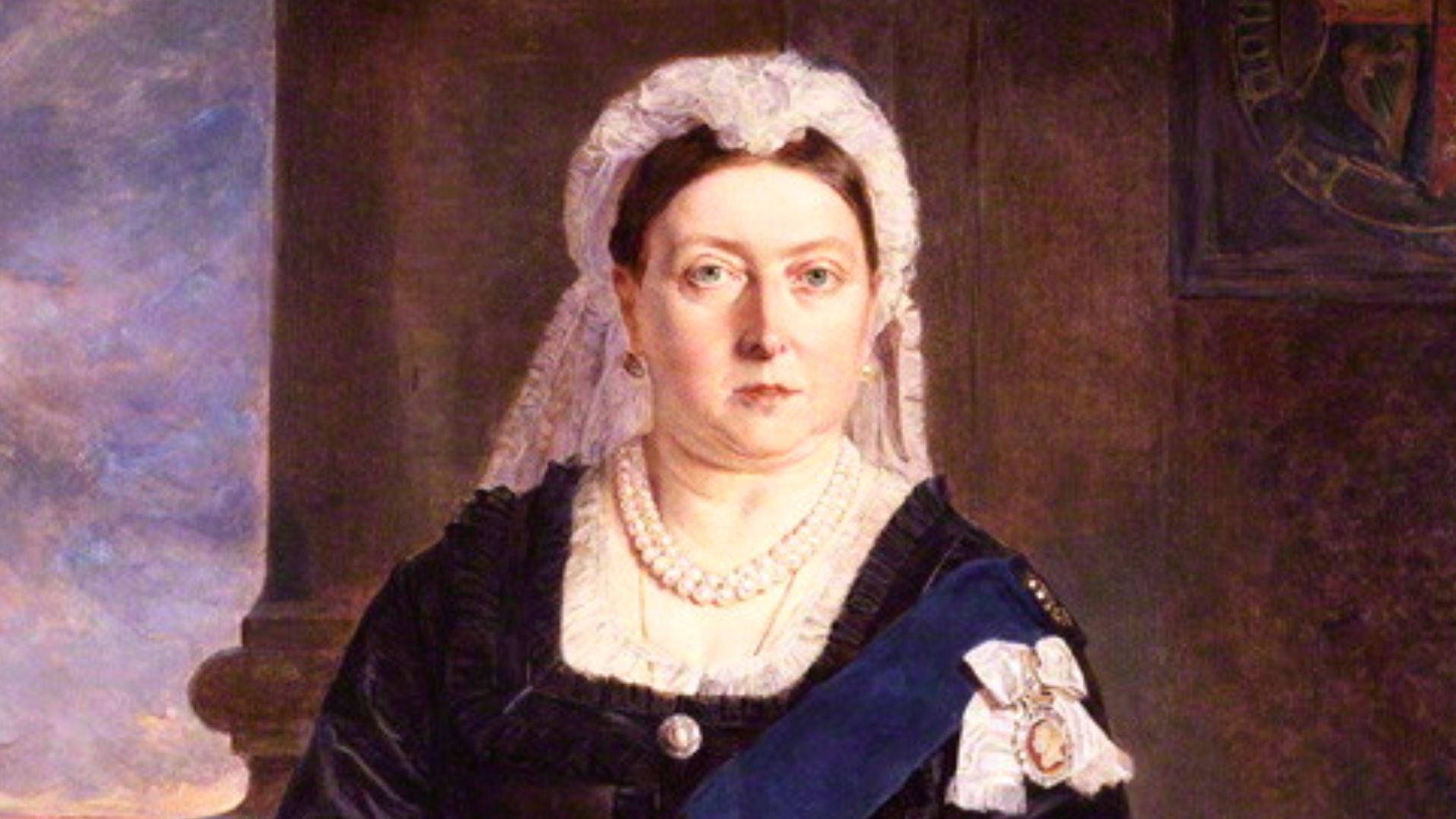 Julia Abercromby, Baroness Abercromby, Wikimedia Commons
Julia Abercromby, Baroness Abercromby, Wikimedia Commons
52. He Hated Her Mother
William may have loved Victoria, but he couldn’t stand the person she loved most. Victoria’s mother, the Duchess of Kent, was a meddling aristocrat in the mold of King George III’s mother Princess Augusta. Knowing her daughter would one day be queen in the Hanover line, the Duchess frequently snubbed William and his wife, and kept an iron grip on Victoria’s education.
William found his own way to get her back.
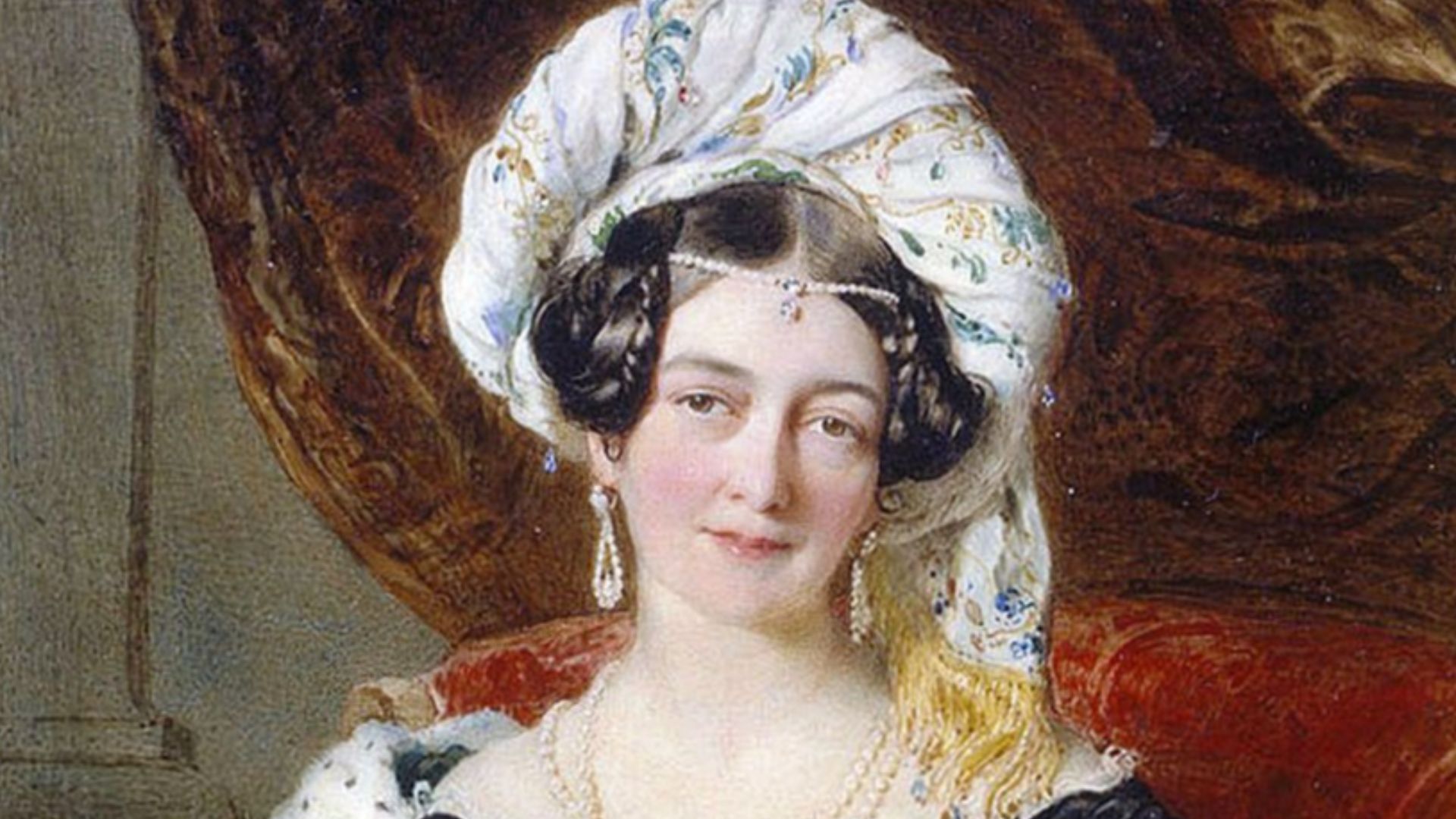 George Hayter, Wikimedia Commons
George Hayter, Wikimedia Commons
53. He Wanted To Control Her
By 1837, William was in his 70s, and knew he was approaching the end of his brief reign. The trouble was, Victoria wasn’t yet of age, meaning that if he died, her hated mother would get power as her regent. William wasn’t about to let that happen—and he let the Duchess of Kent know this on no uncertain terms.
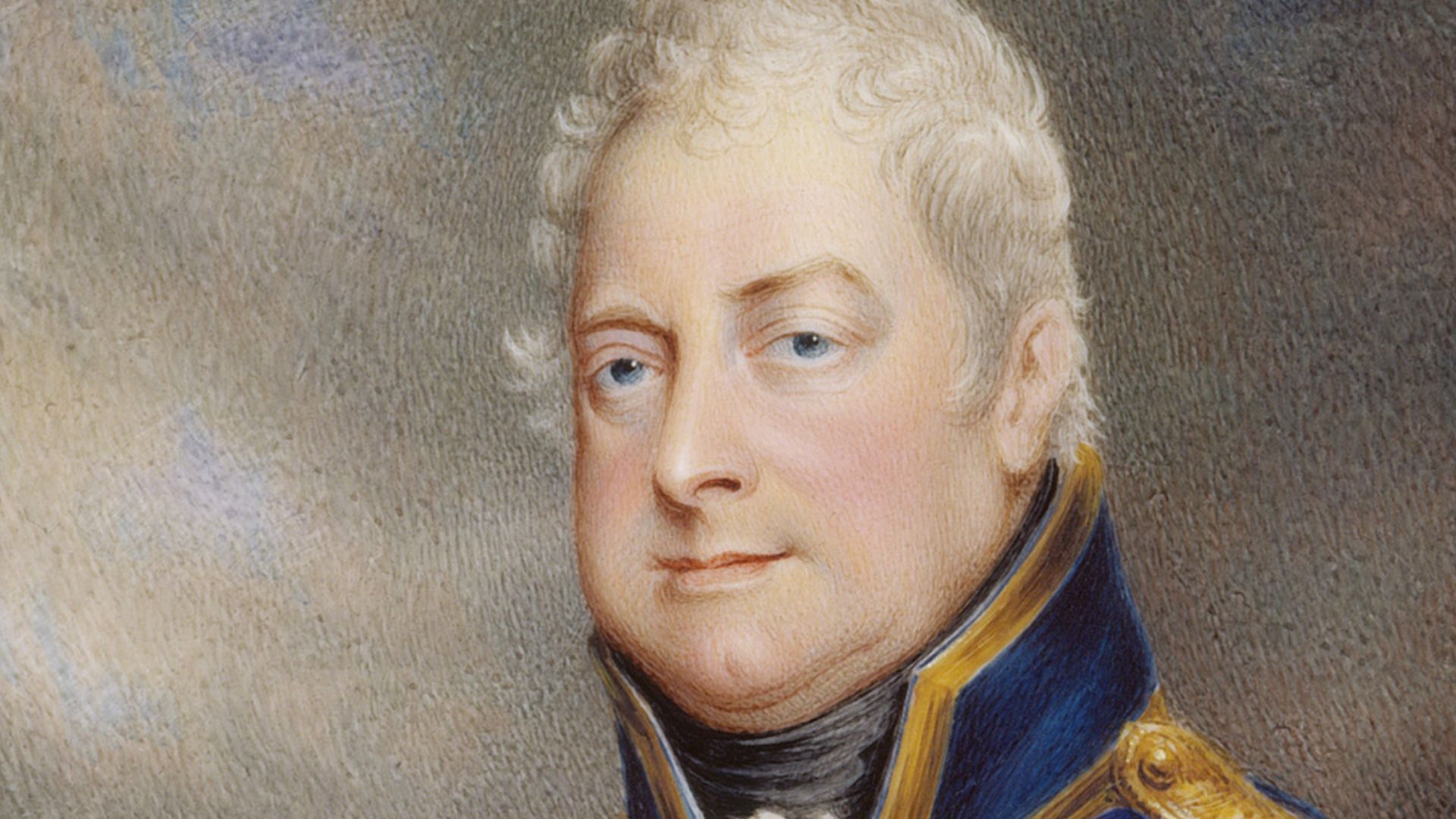 Not stated., Wikimedia Commons
Not stated., Wikimedia Commons
54. He Made A Vicious Promise
On the day of his birthday banquet in 1837, he stood up and said that since the Duchess was “incompetent to act with propriety,” he fully intended to live until Victoria was 18 so her mother would never see an ounce more royal influence in the Hanover line than she deserved. Even better, he did it.
On June 20, 1837, William kept his promise and passed just meager weeks after Victoria turned 18.
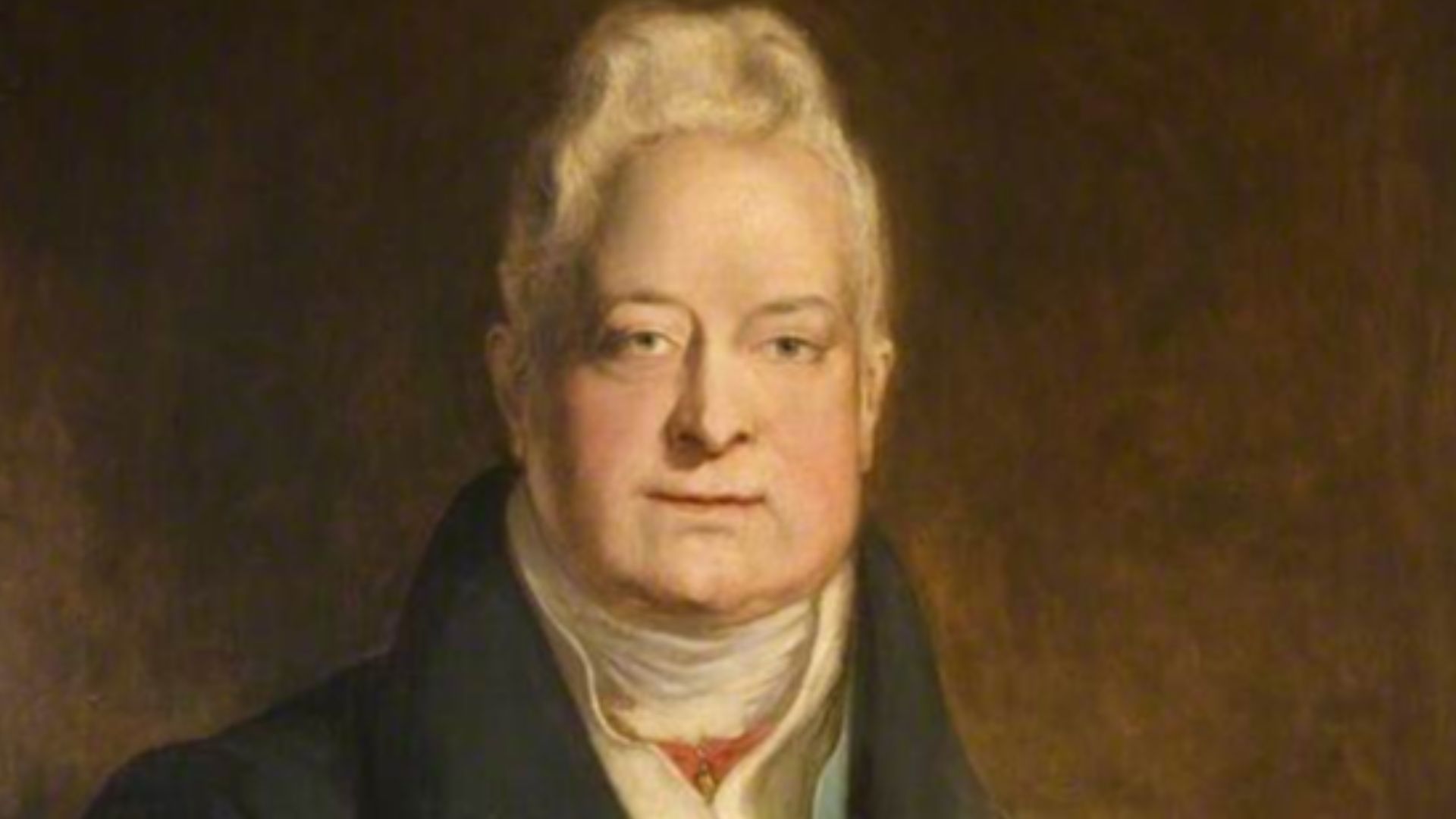 David Wilkie, Wikimedia Commons
David Wilkie, Wikimedia Commons
55. She Was The First And Last Of Her Kind
True to the turmoil in their every blood cell, the Hanover line didn’t go out with whimper but with a bang: Although Queen Victoria was officially the last of this line, in many ways she became an entity unto herself, contained in her own “Victorian” era and laying the foundations for the new House of Saxe-Coburg Gotha that her son Edward VII stepped into.
But from King George I’s buried, murderous secret to King William IV’s impeccable, dying revenge, the memory of Hanover lives on. Indeed, William’s last change of the Hanover guard perfectly sums up everything they were: Brilliant, petty, and full of hatred for their family.
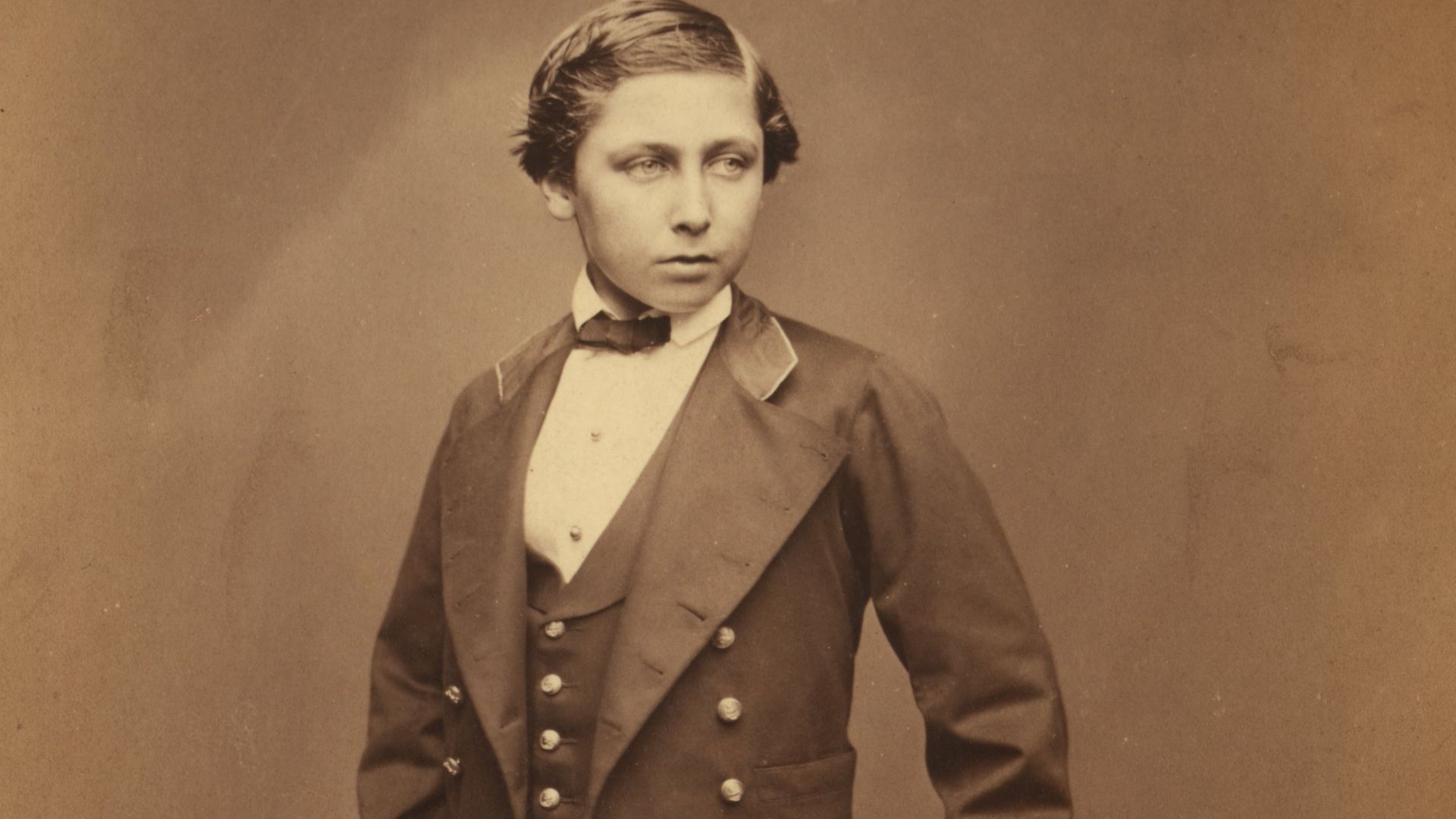 John Jabez Edwin Mayall, Wikimedia Commons
John Jabez Edwin Mayall, Wikimedia Commons
You May Also Like:
The Disturbing Downfall Of The Imperial Romanovs
The Nightmare Lives Of Henry VIII’s Wives

